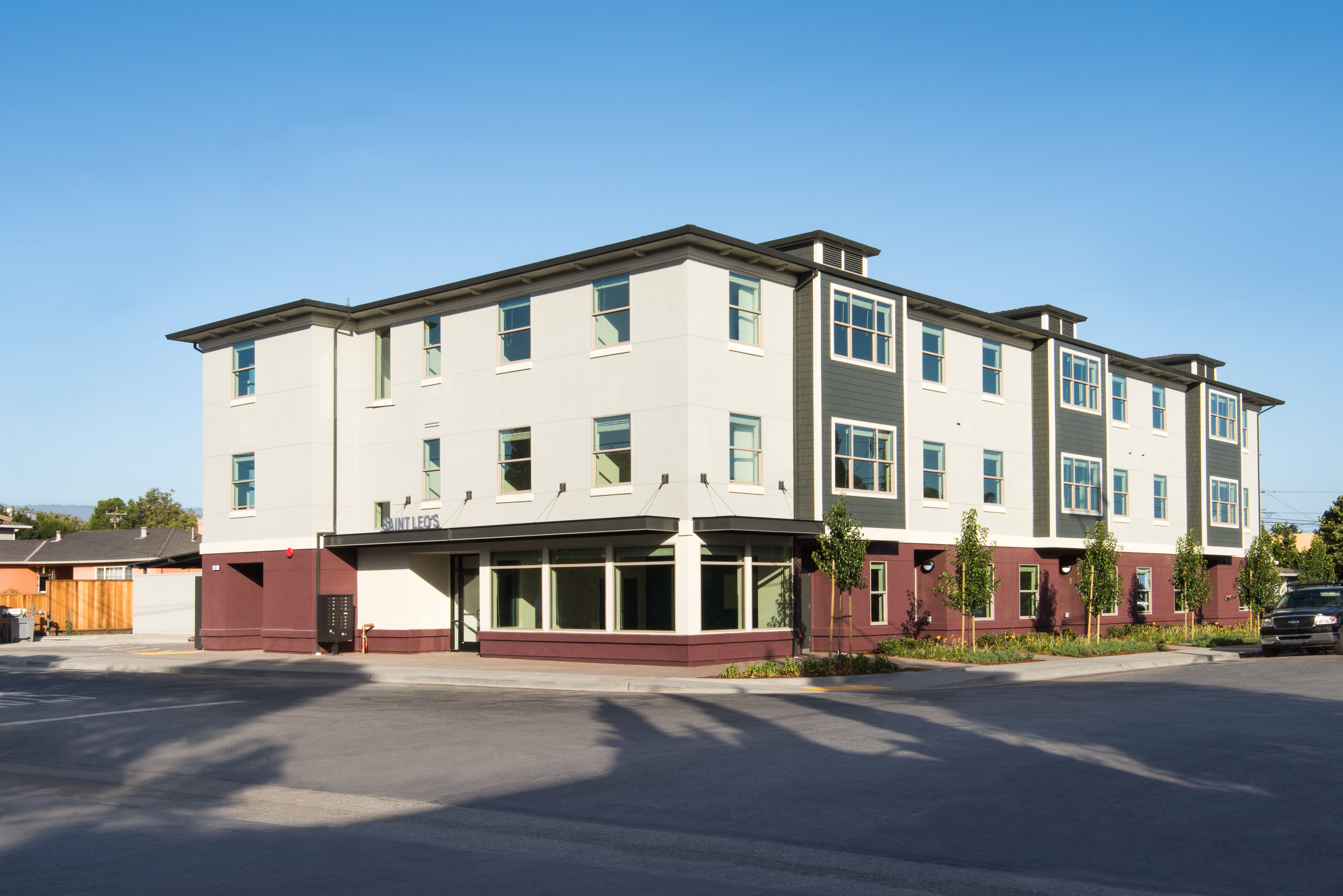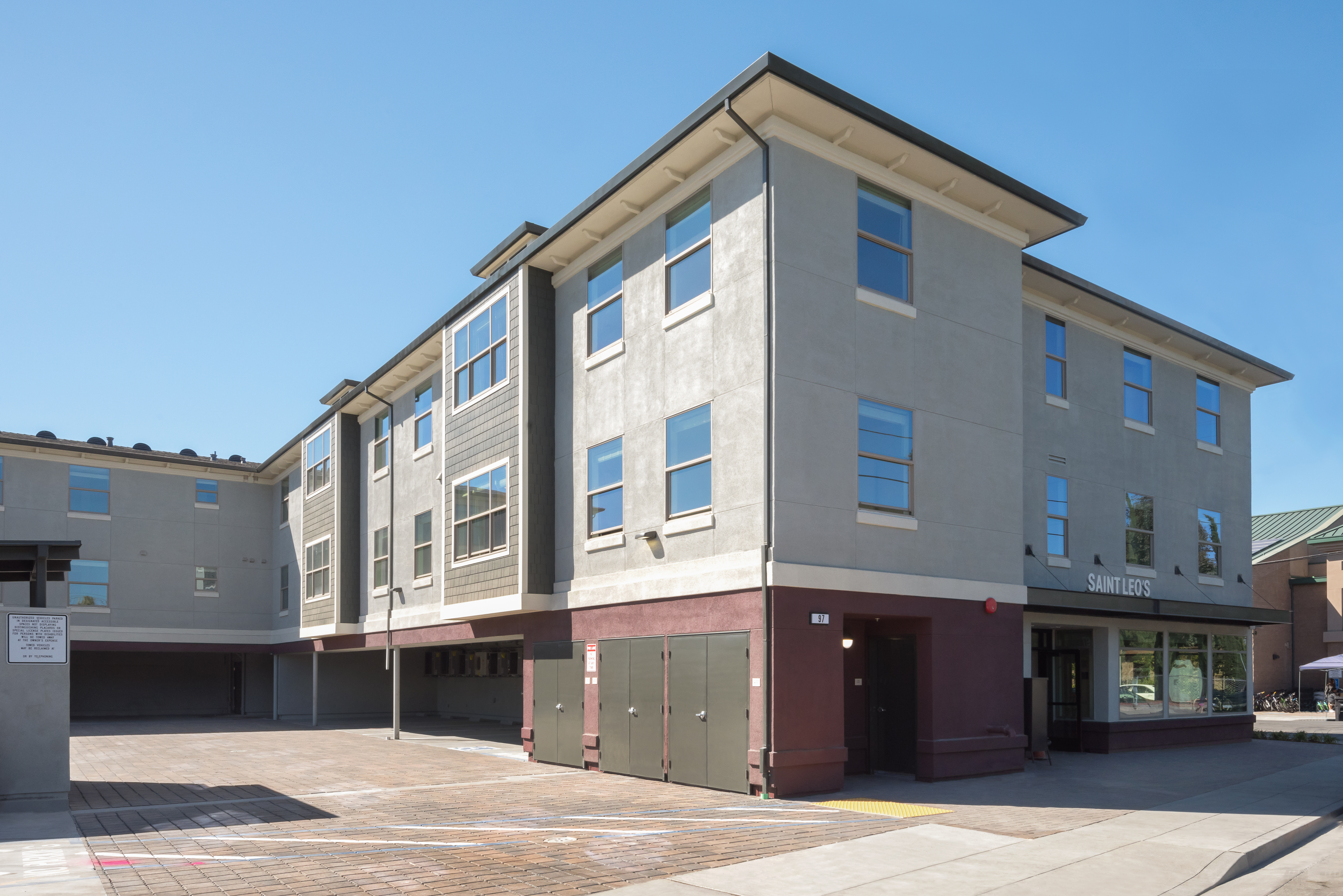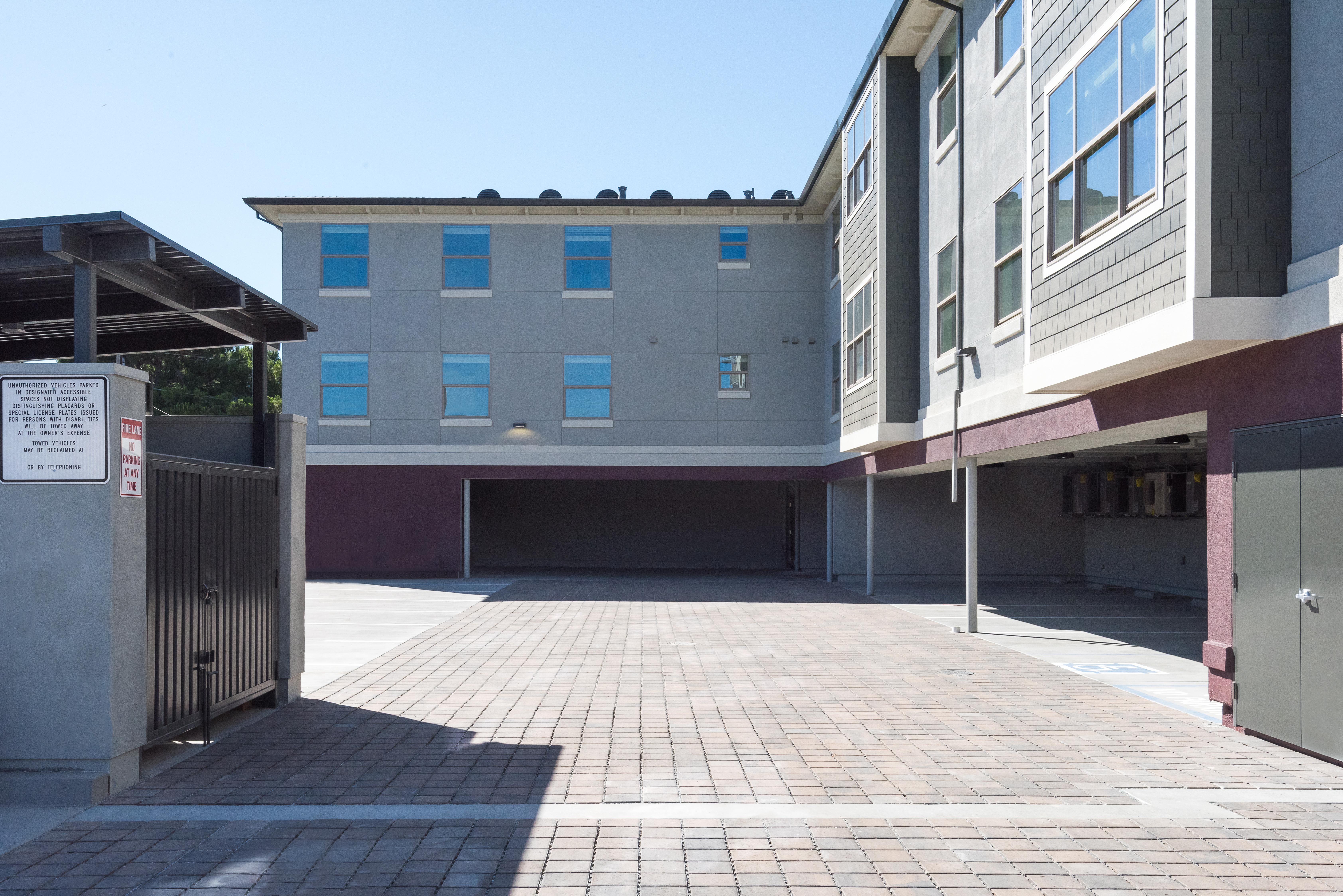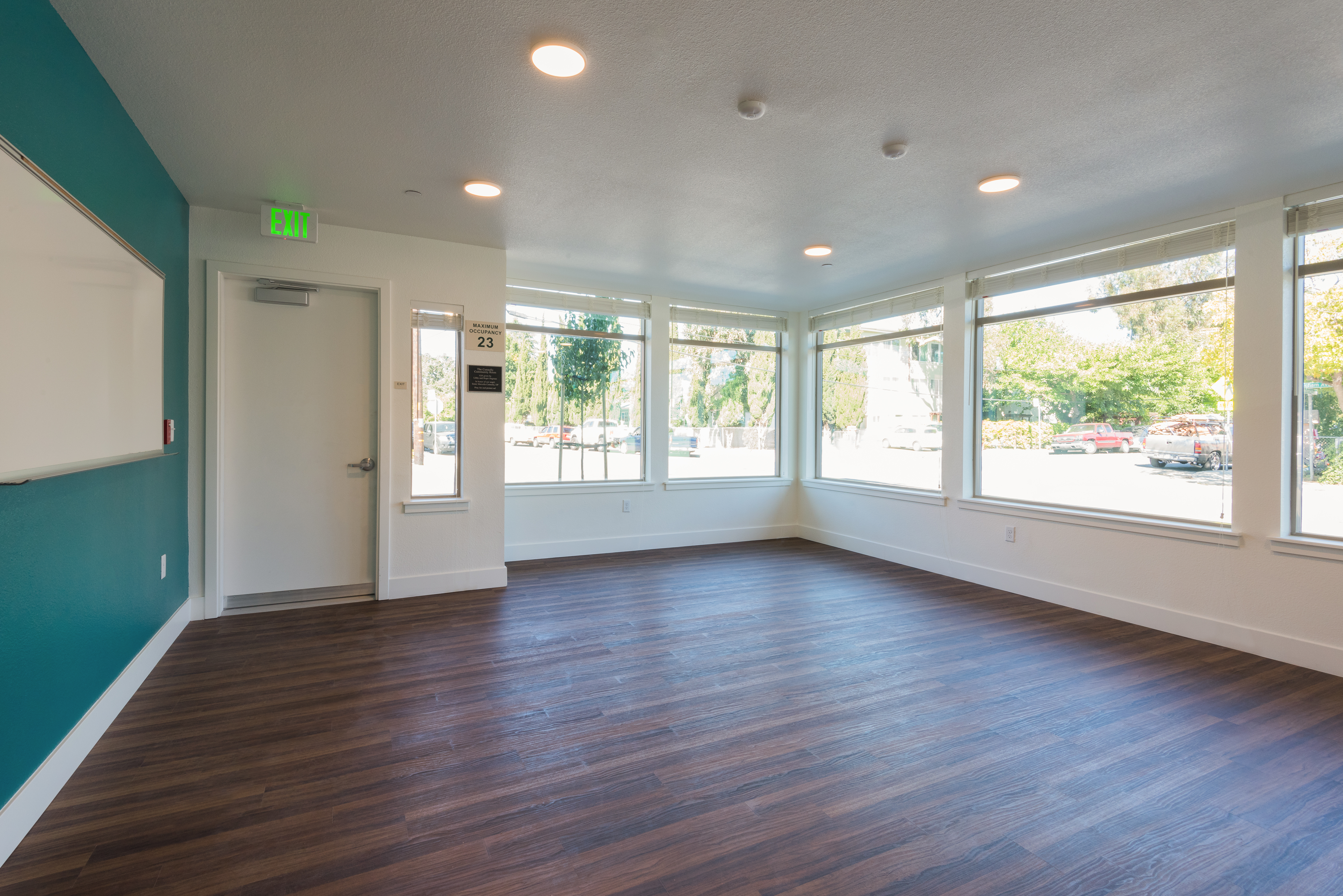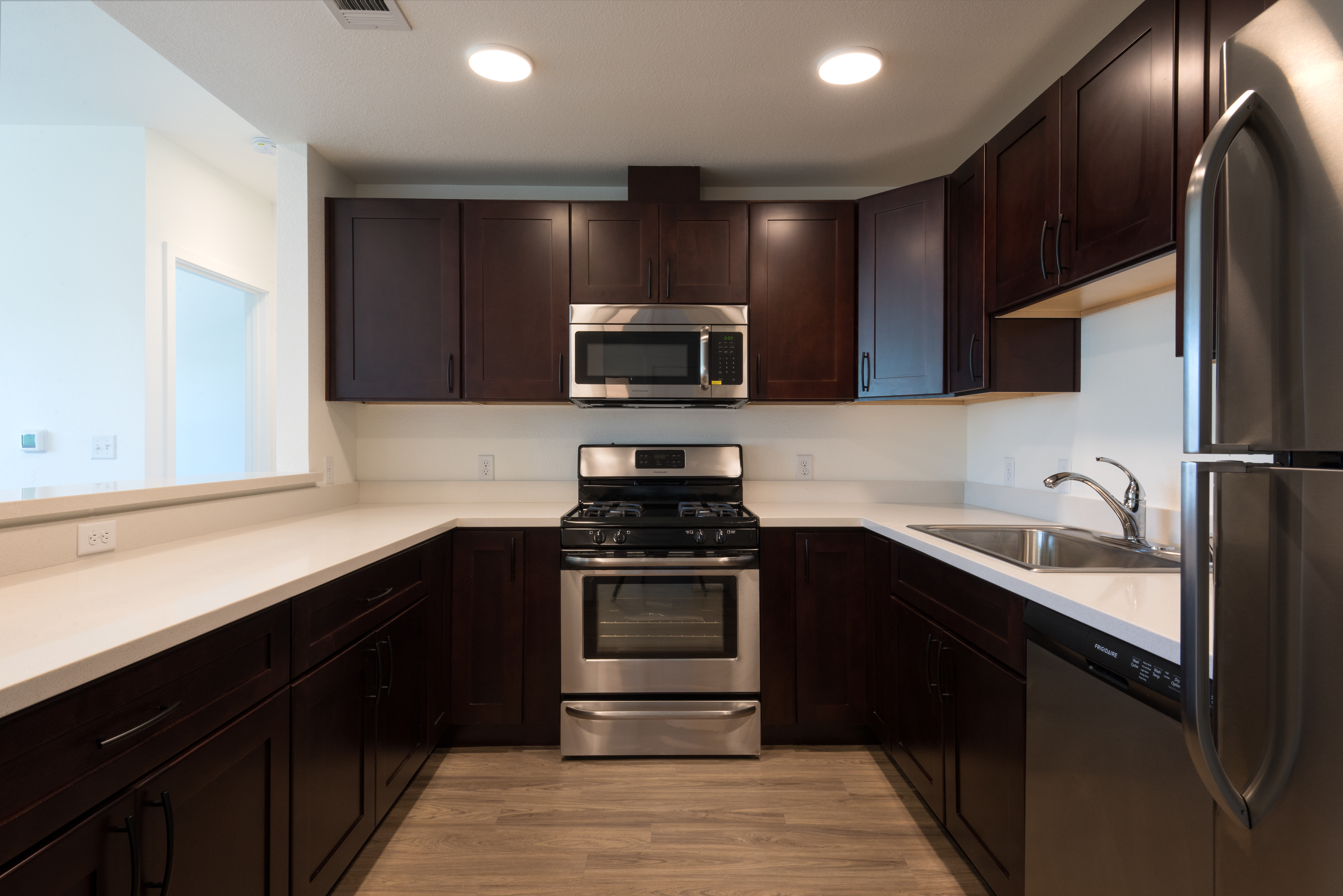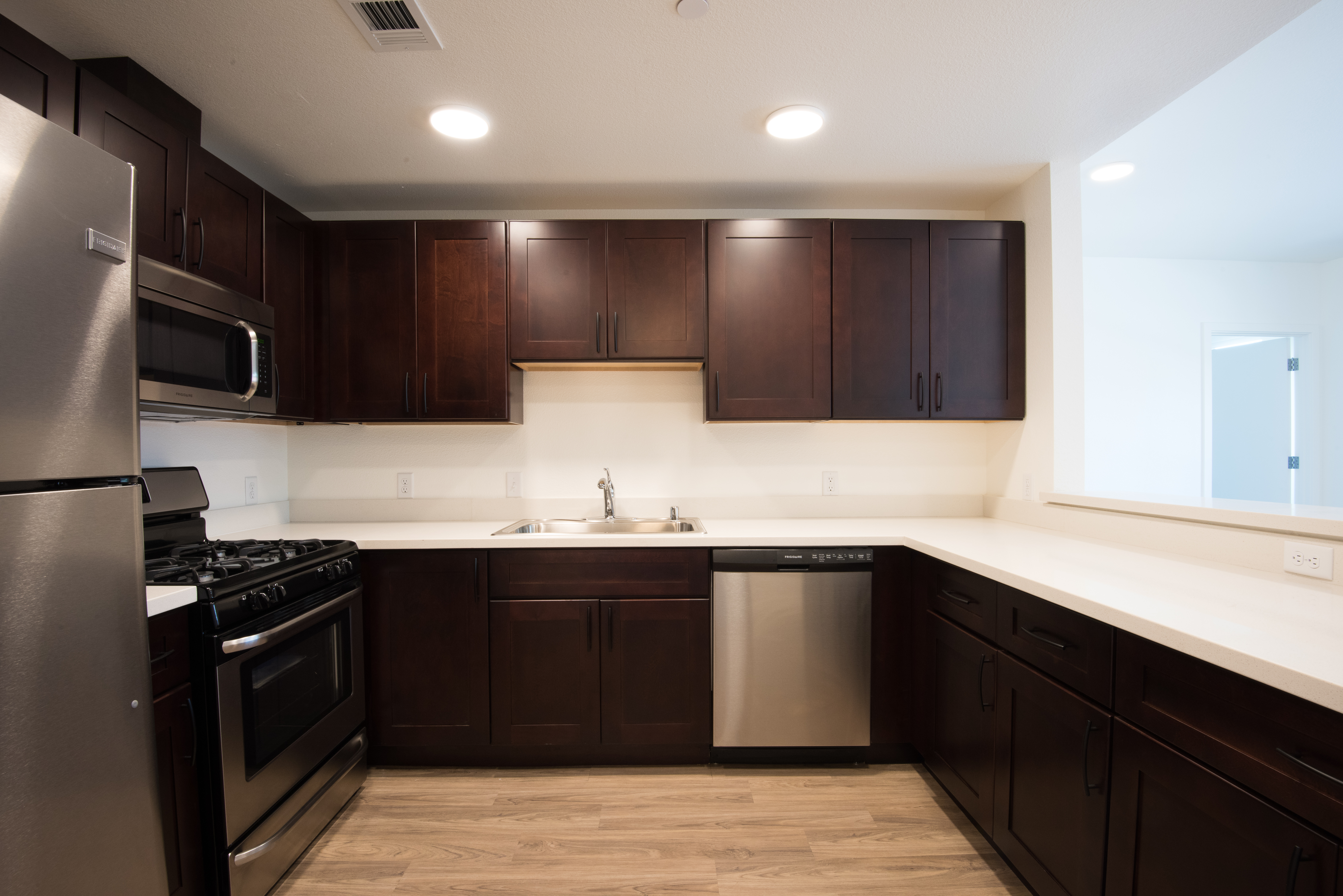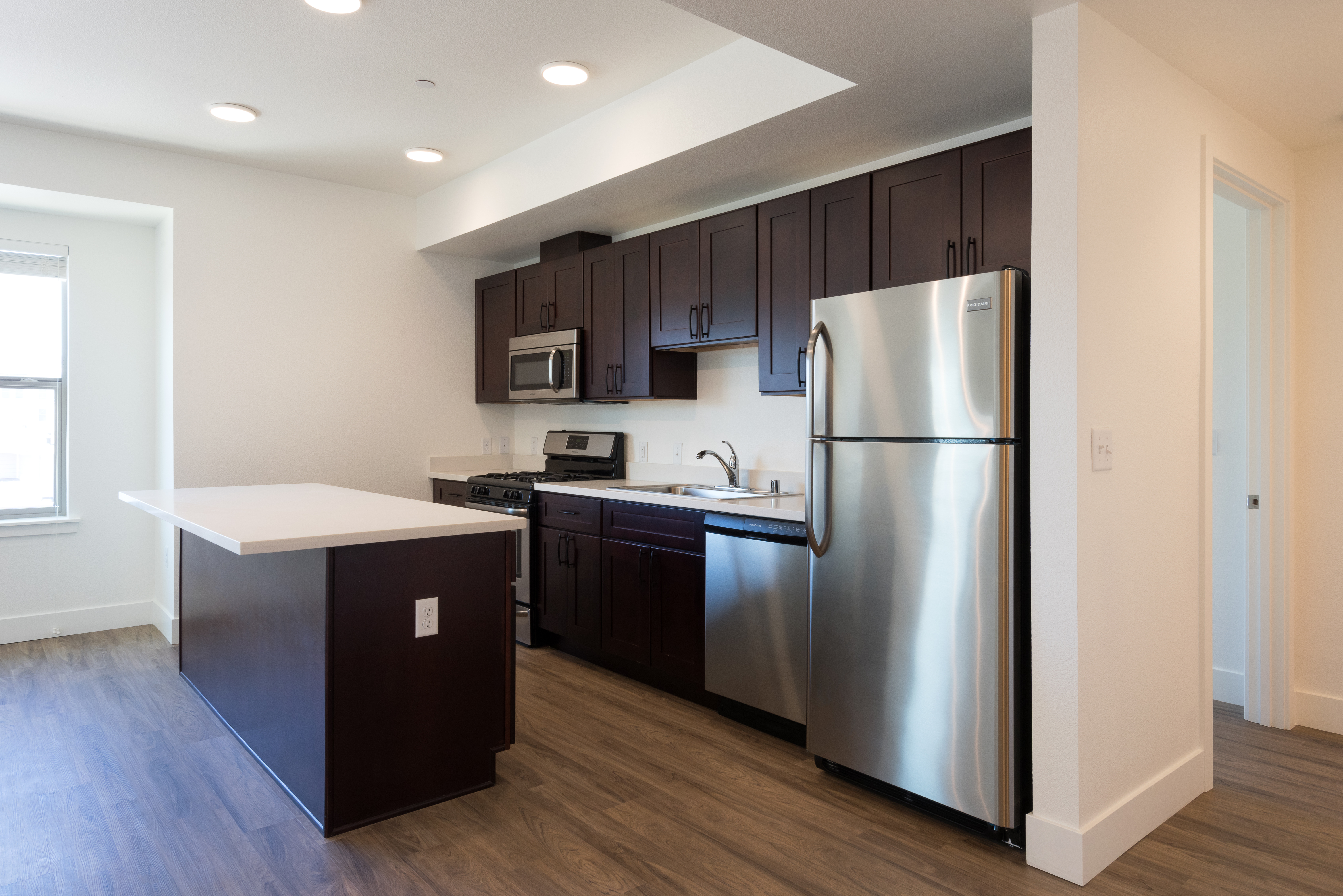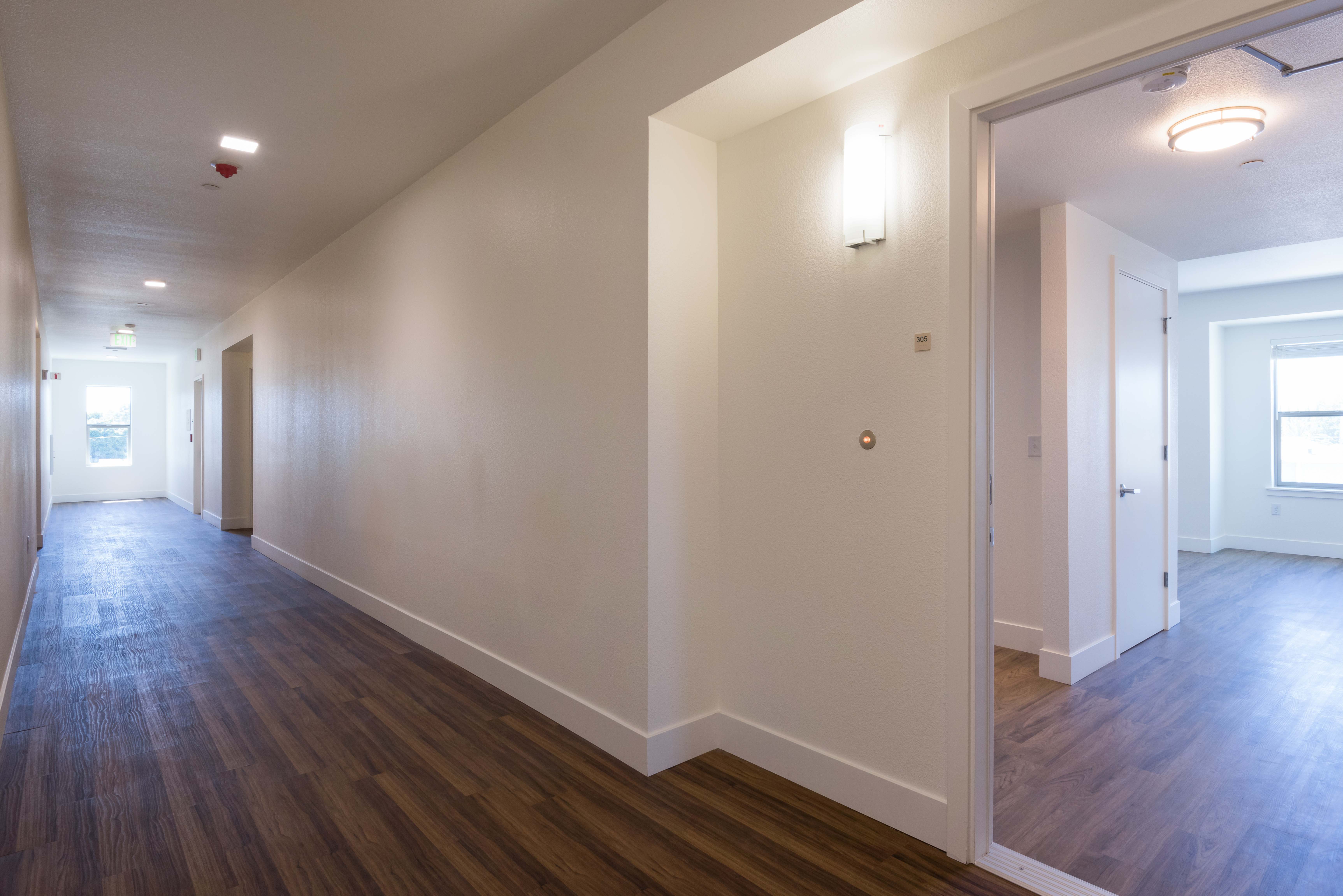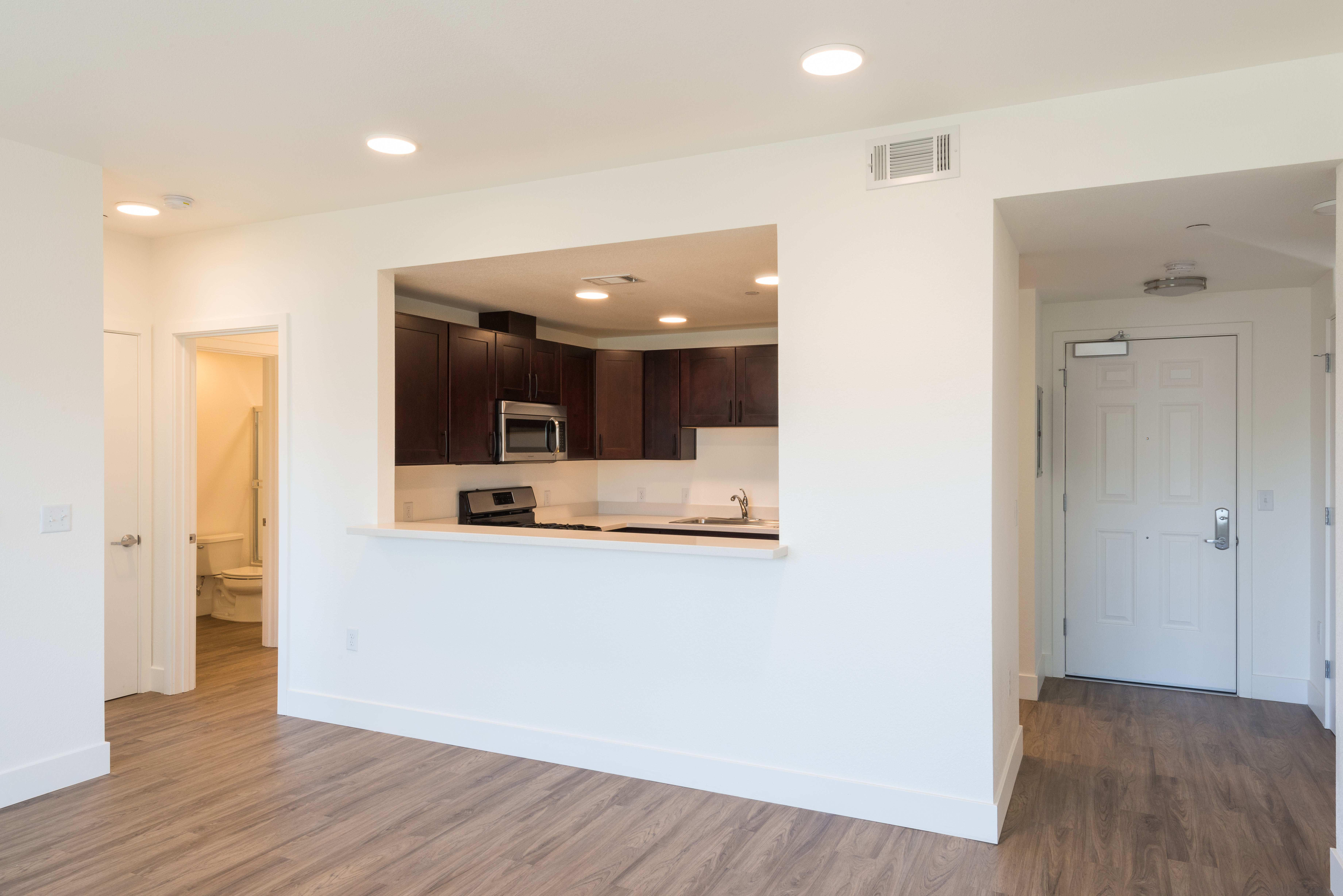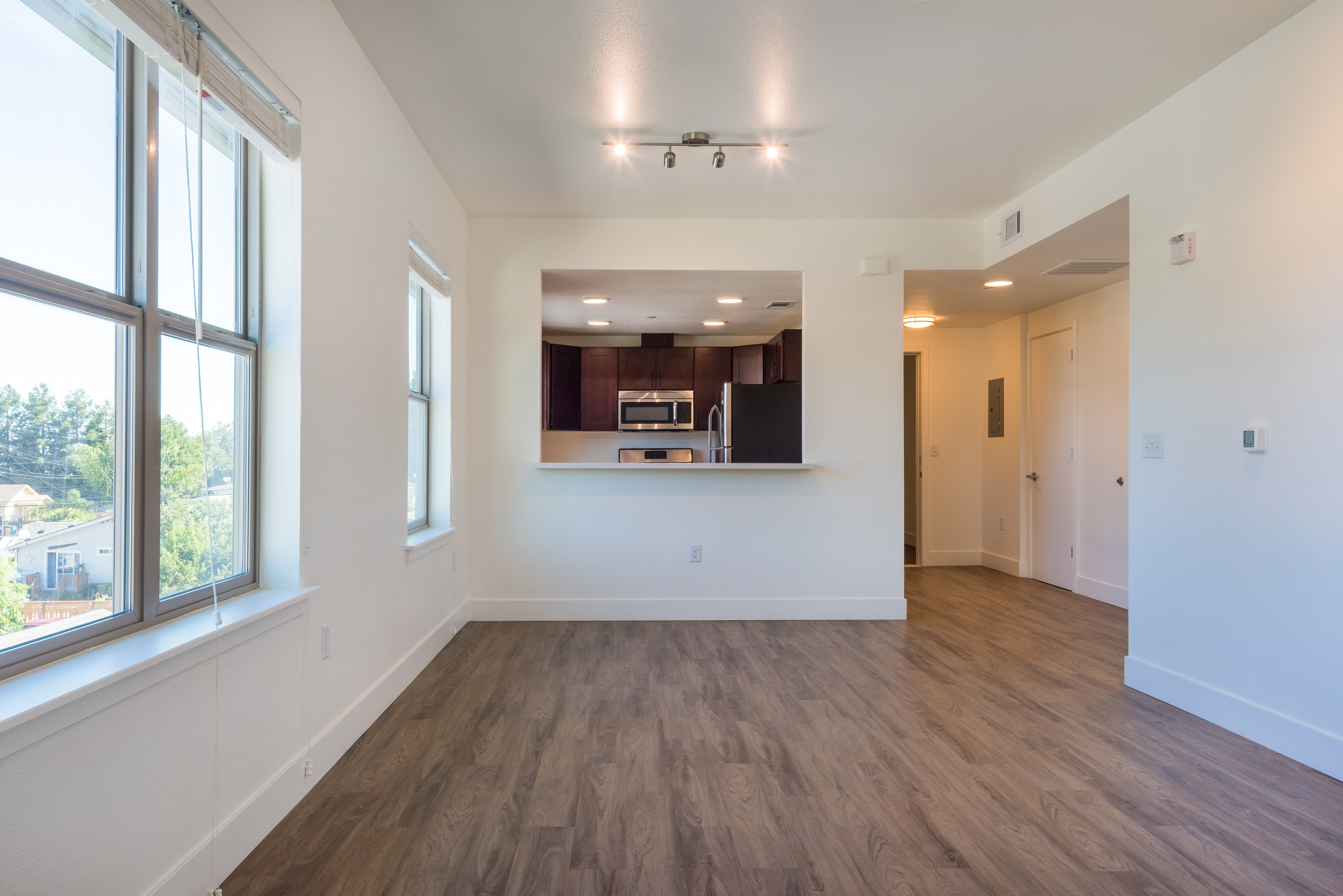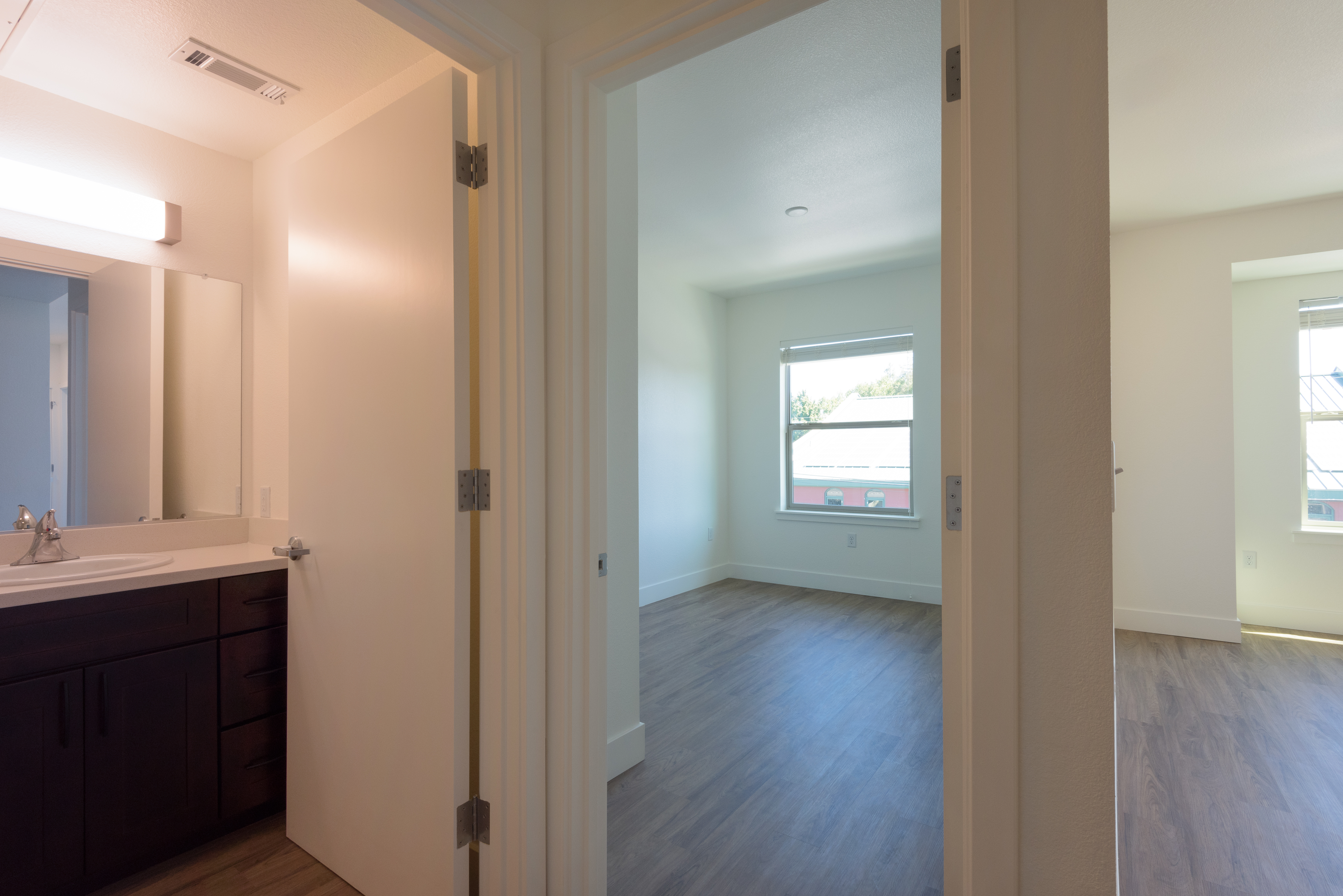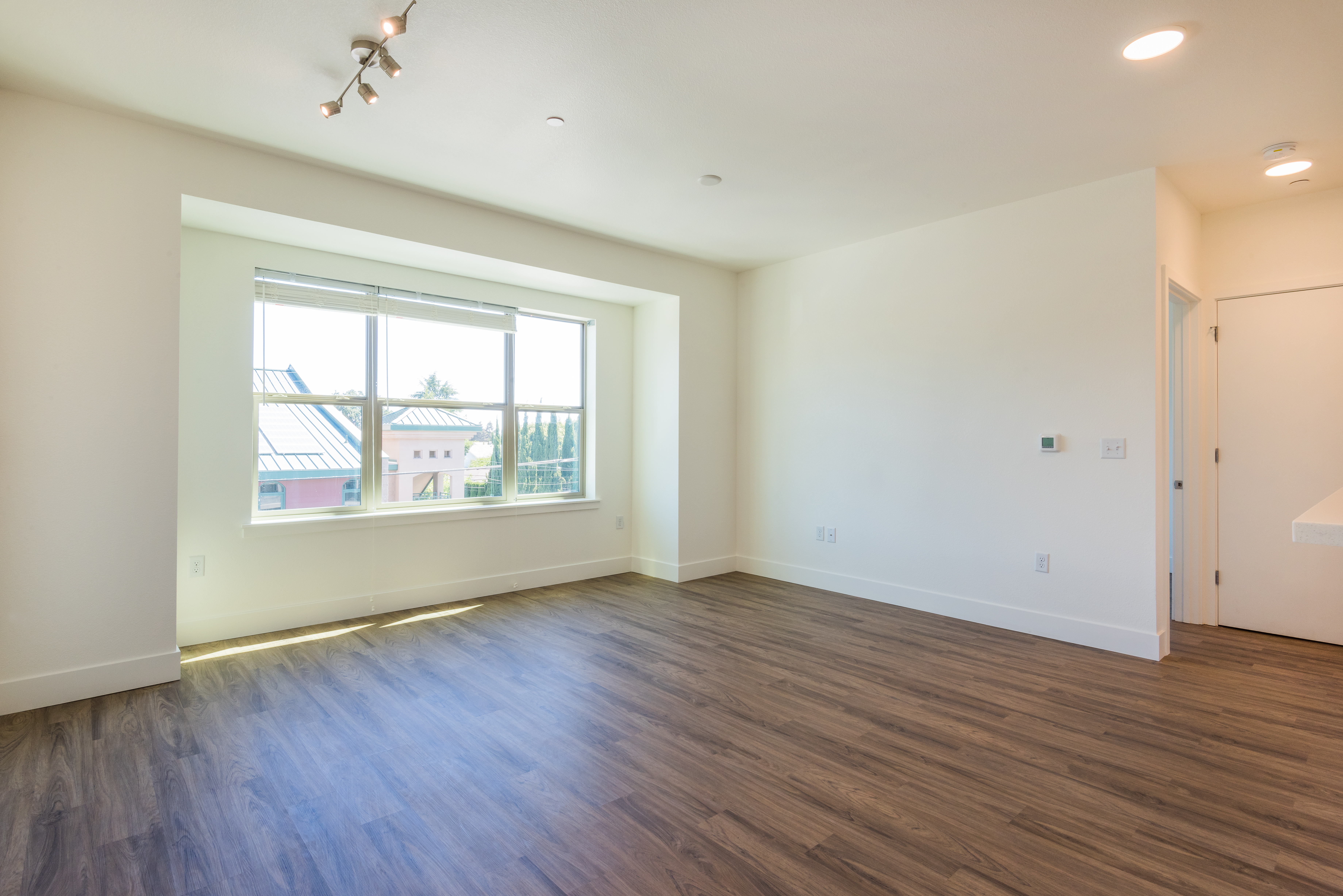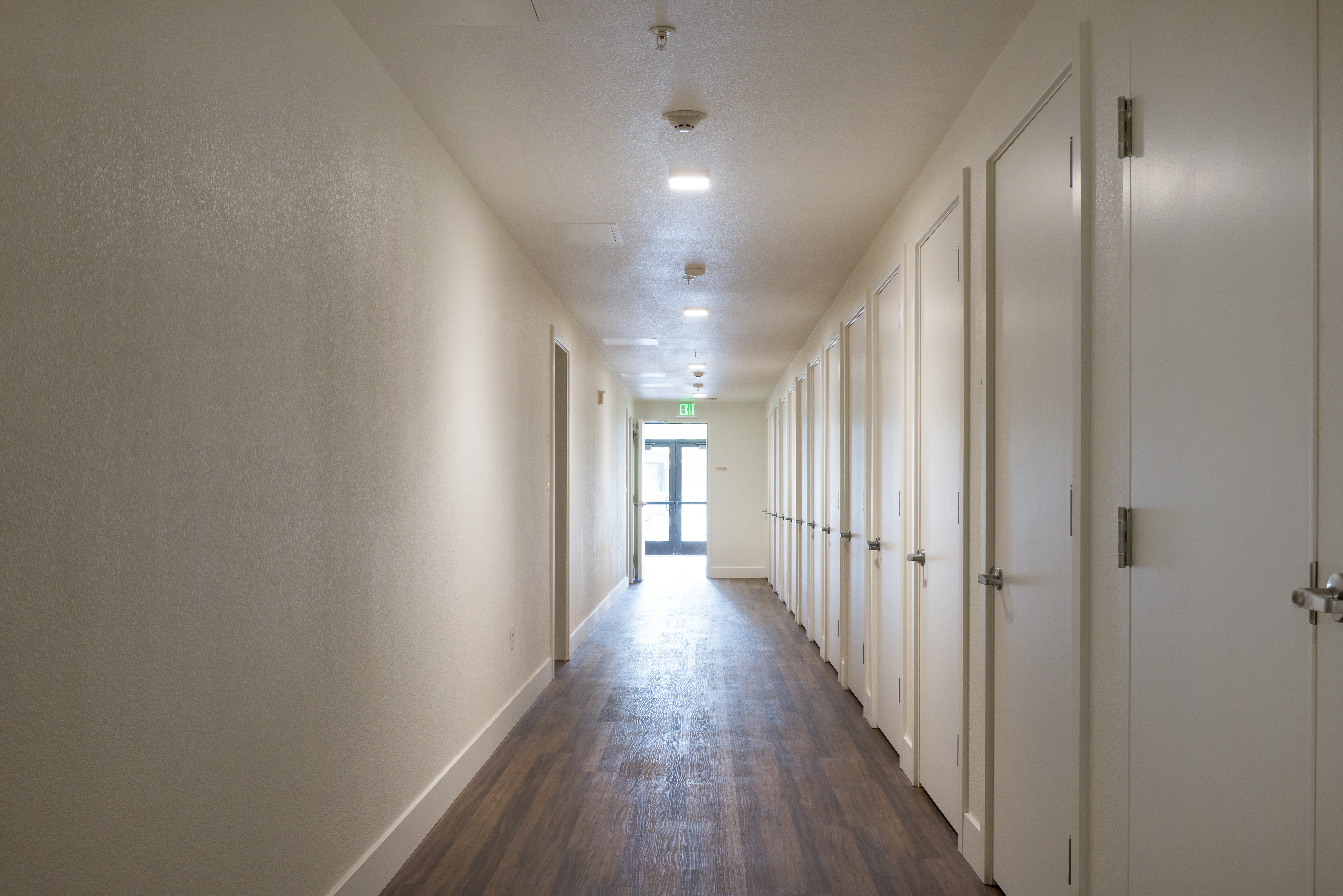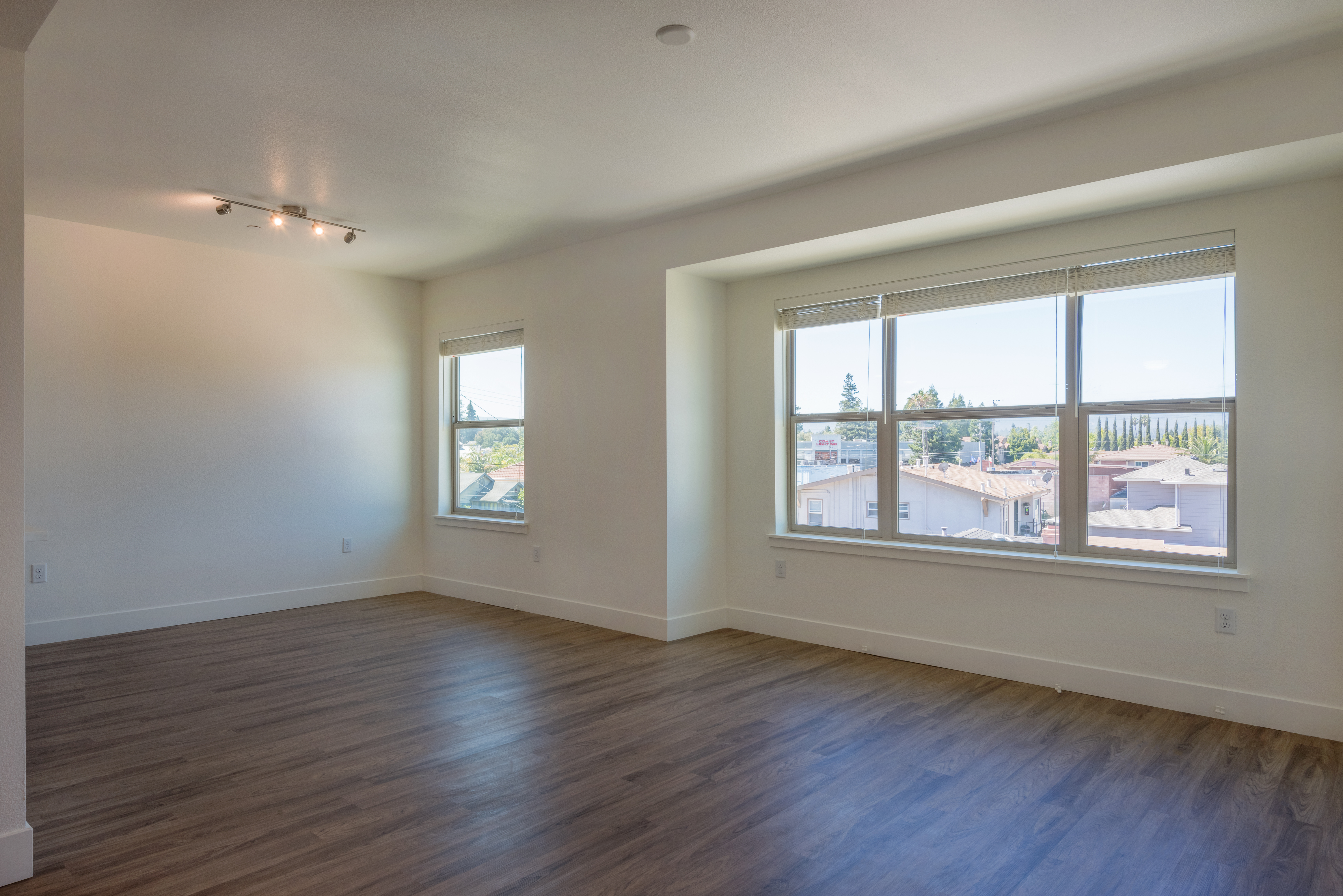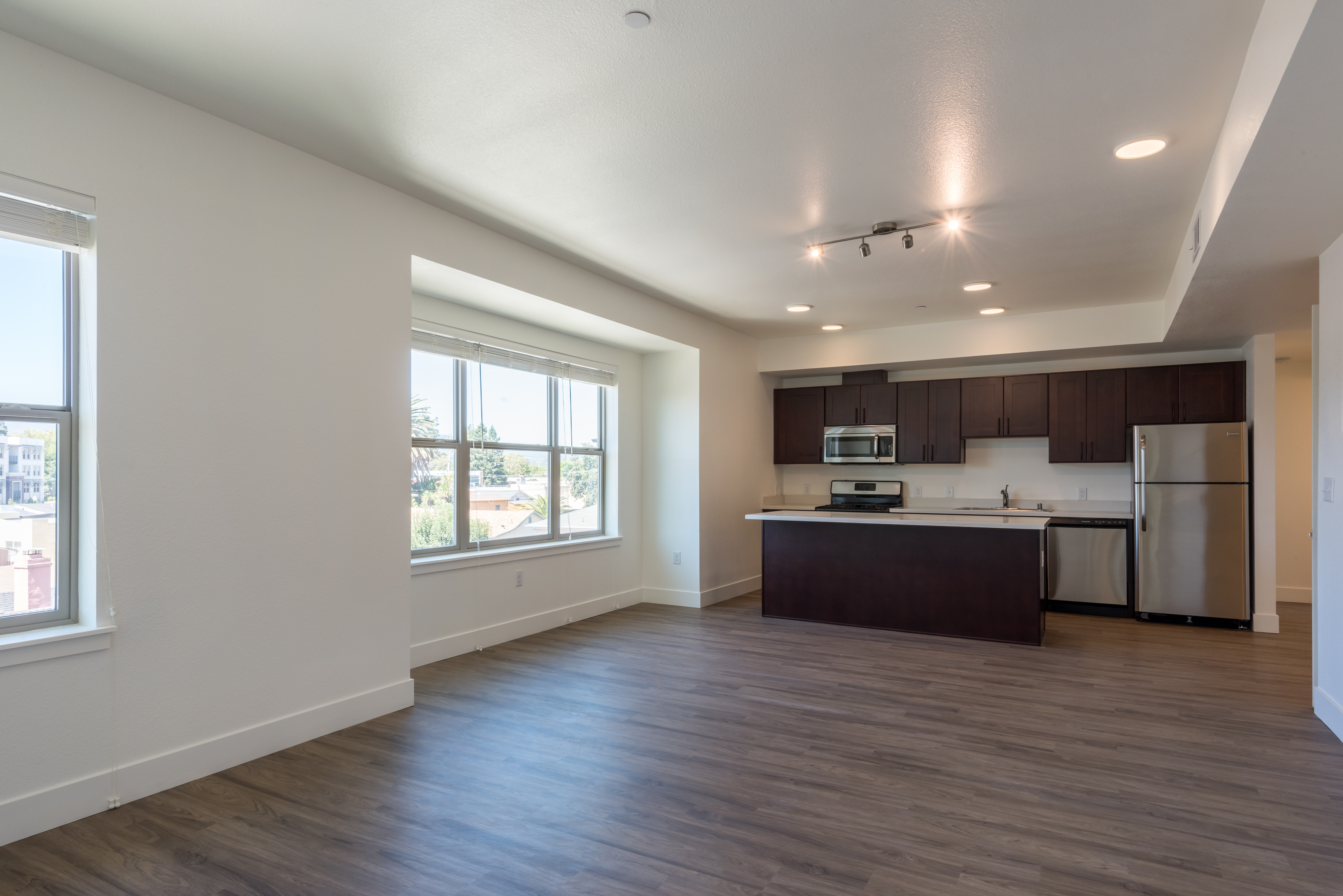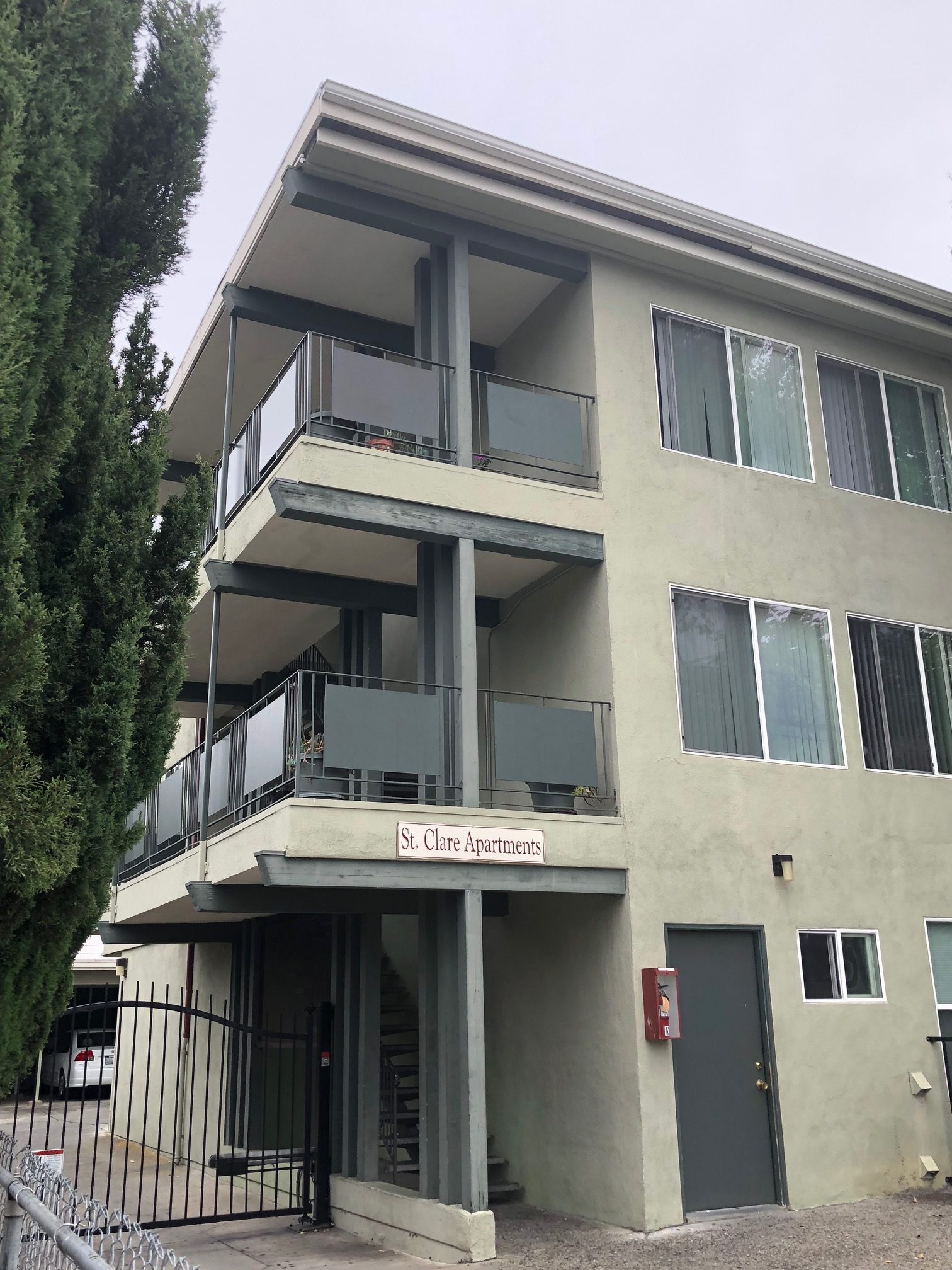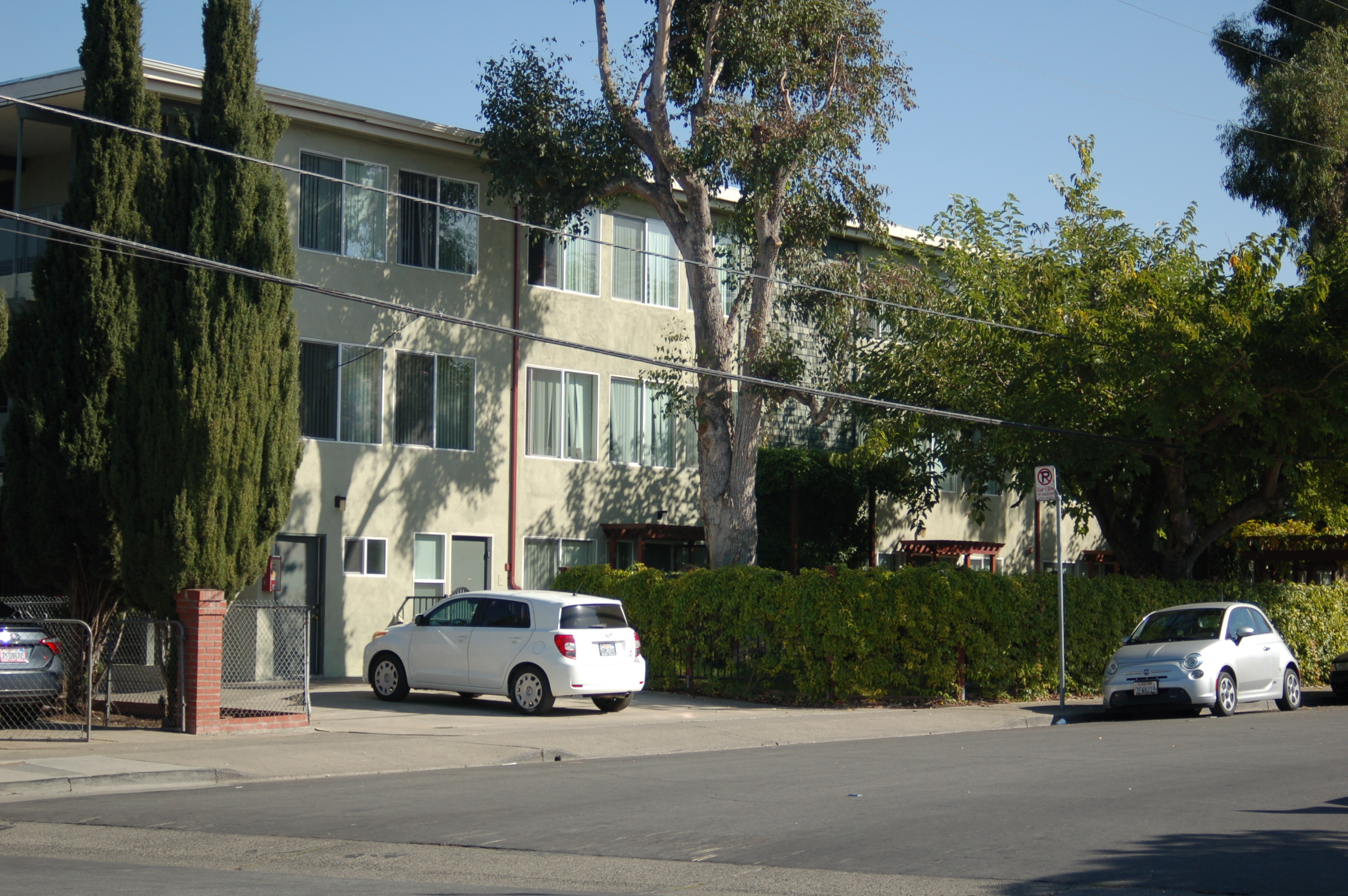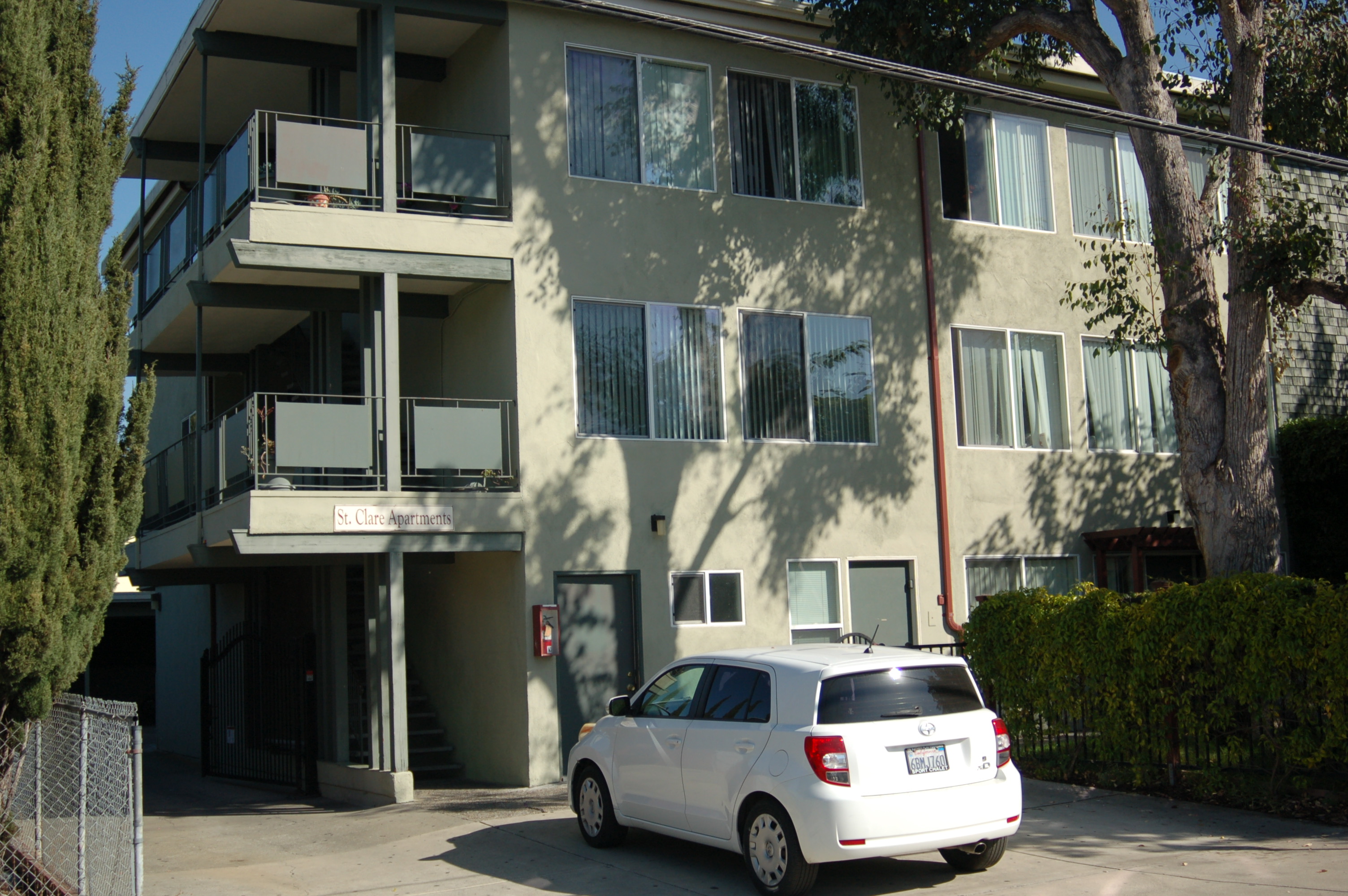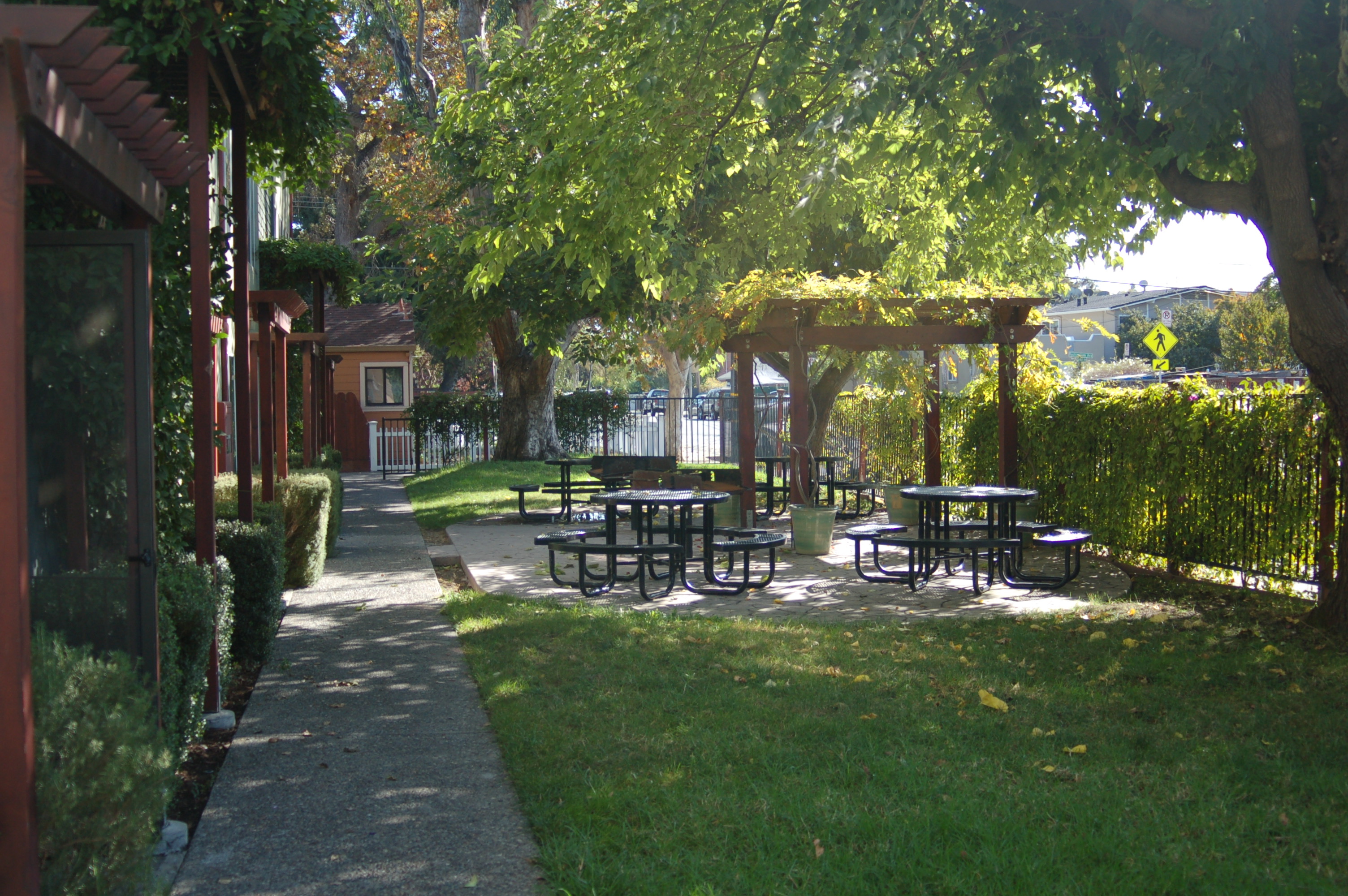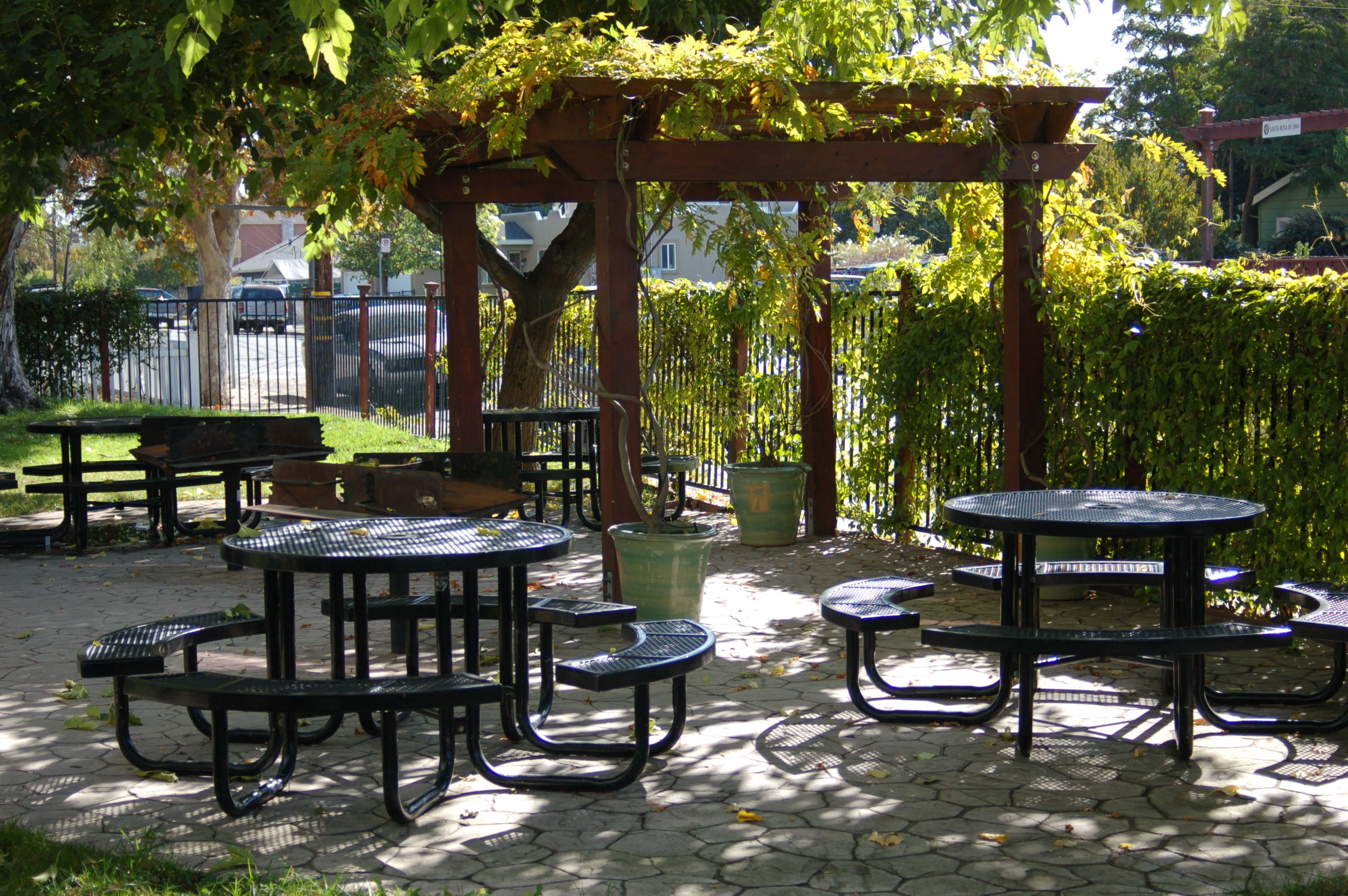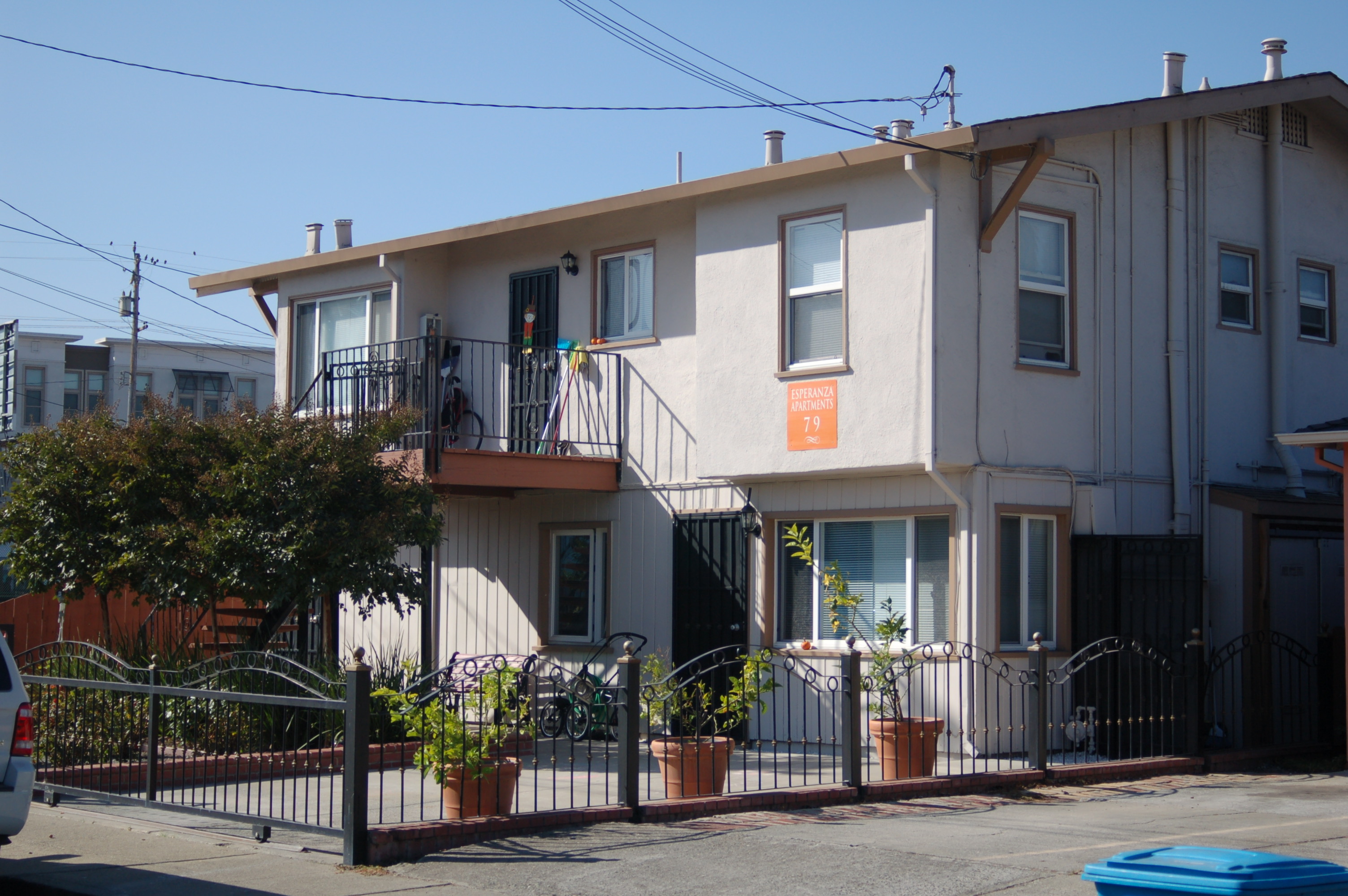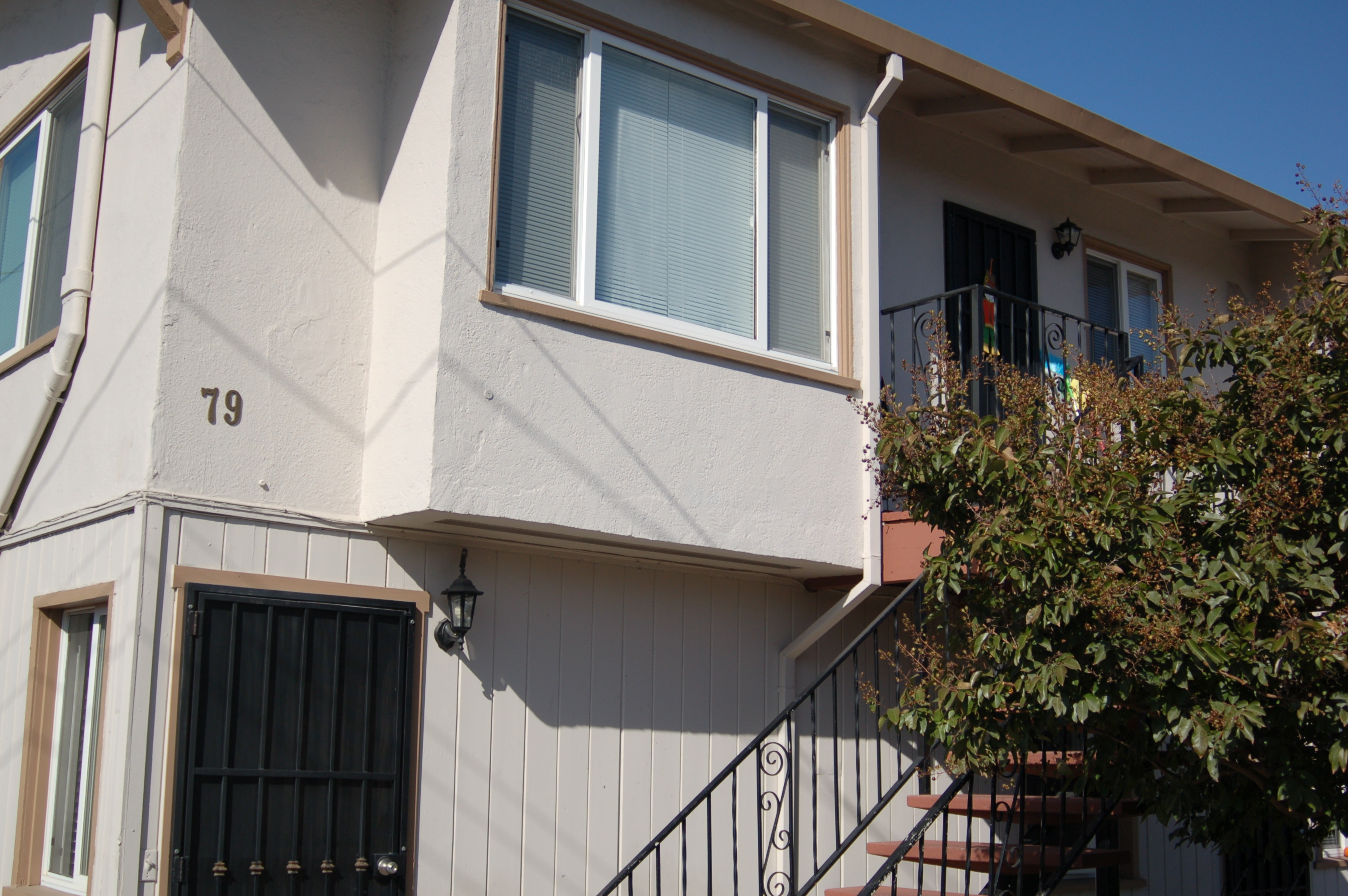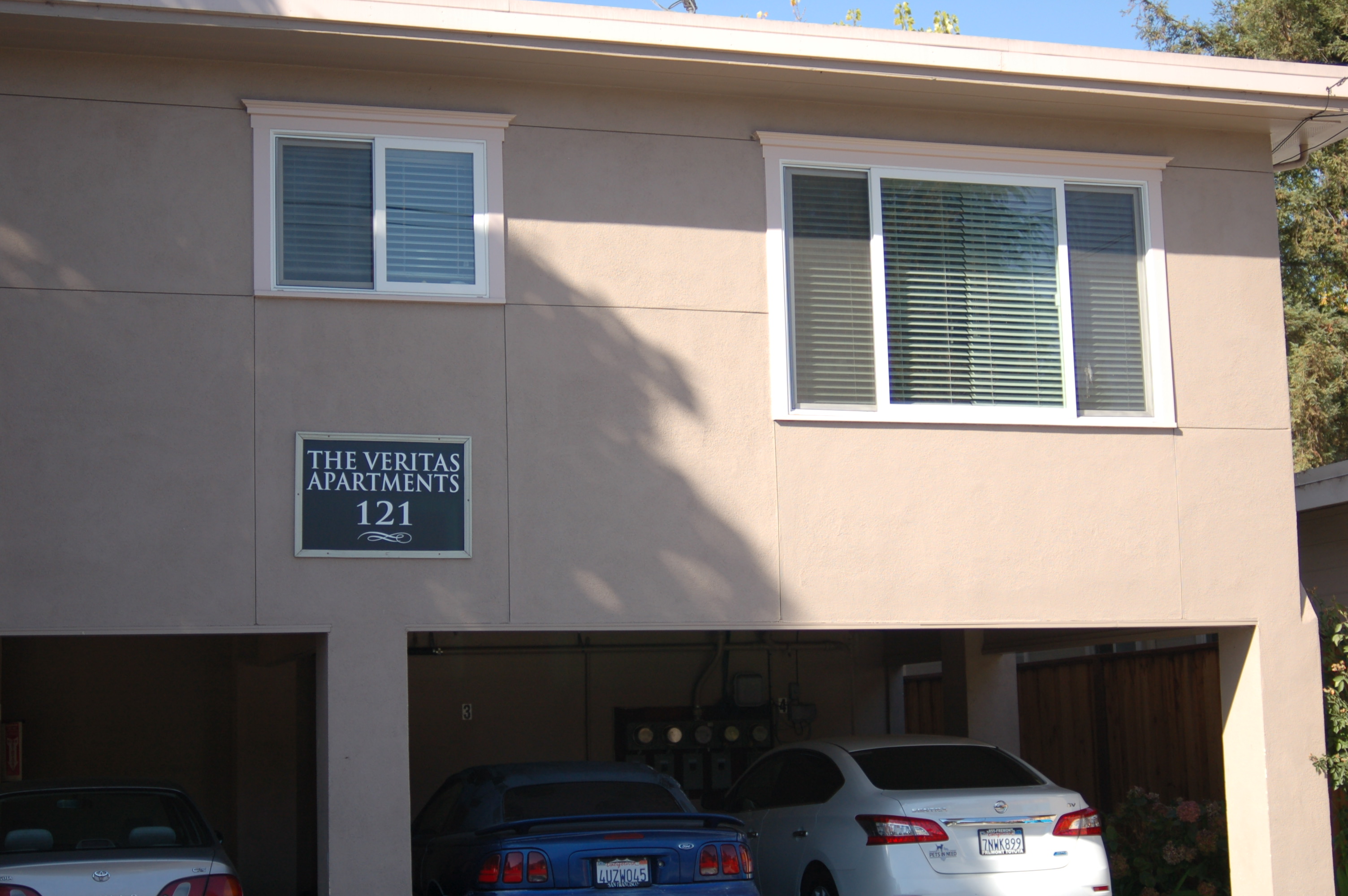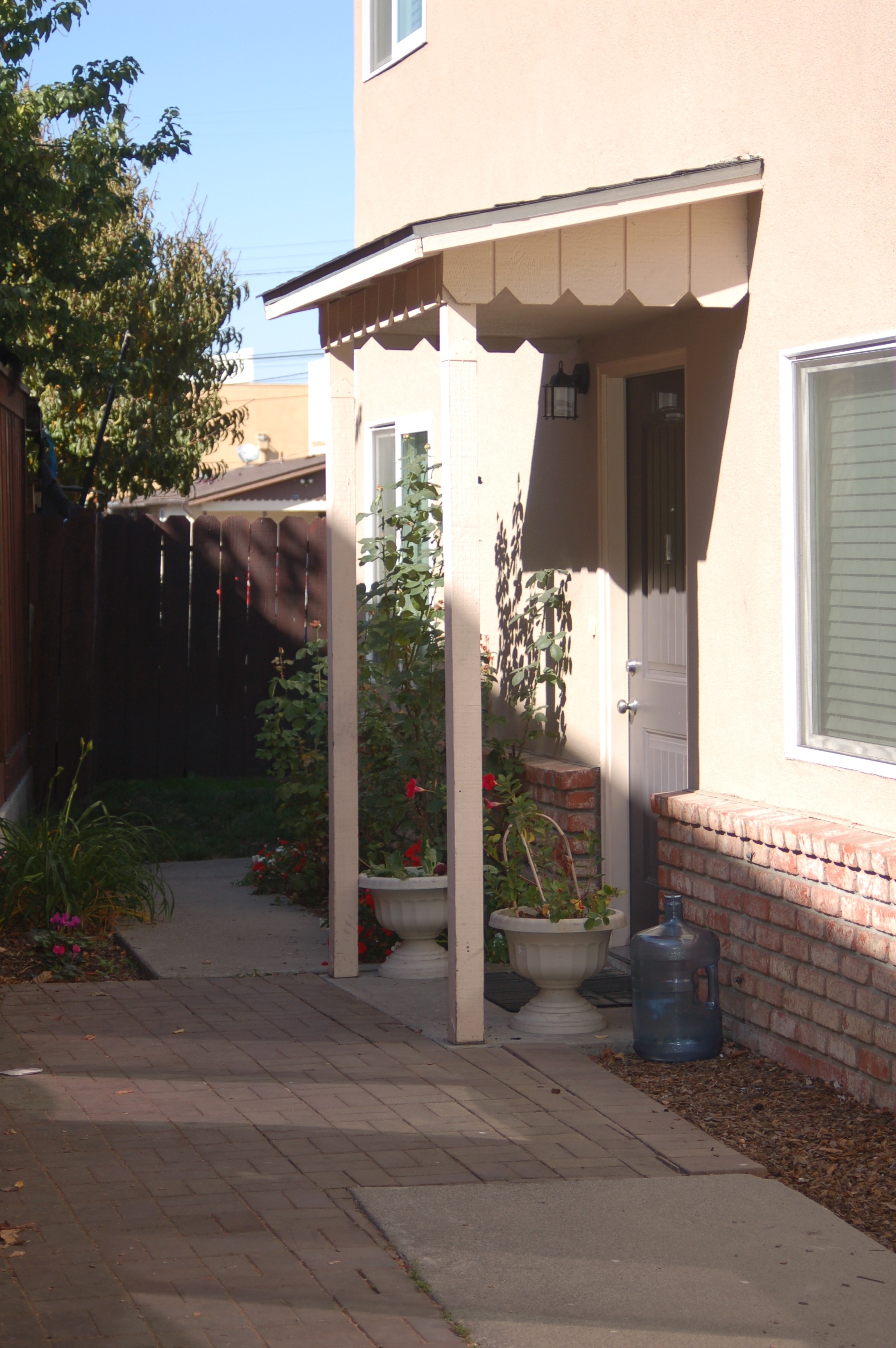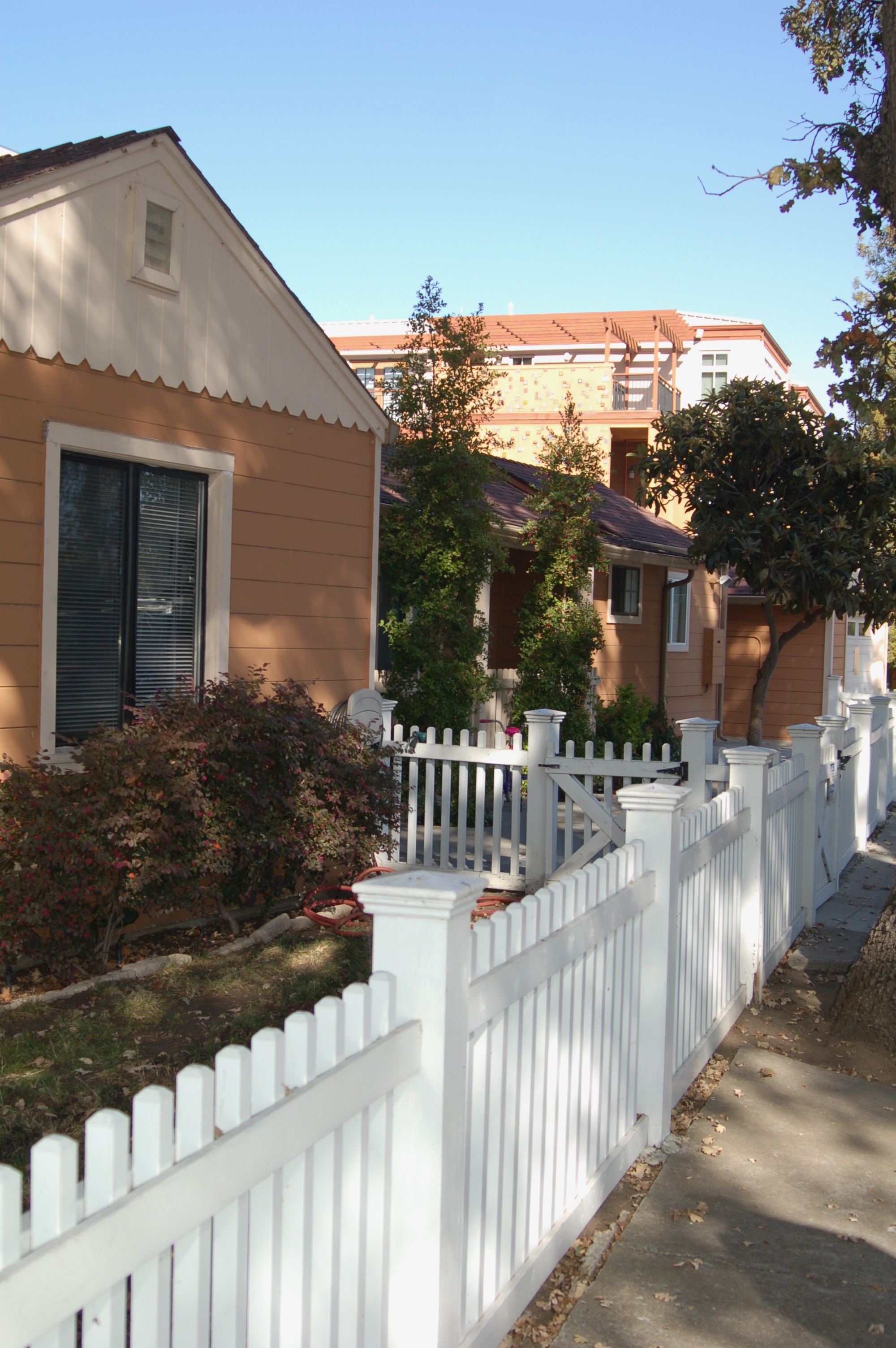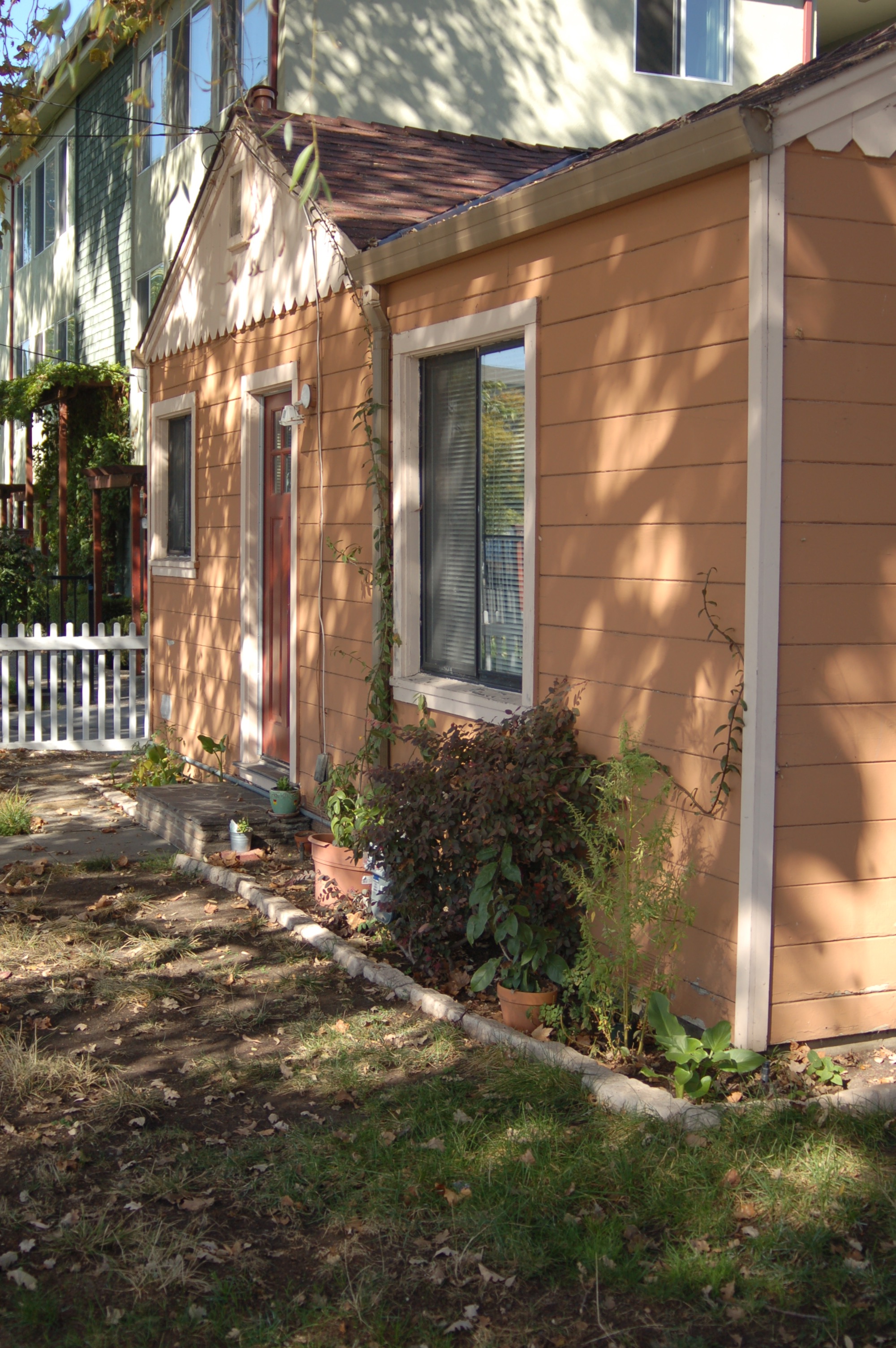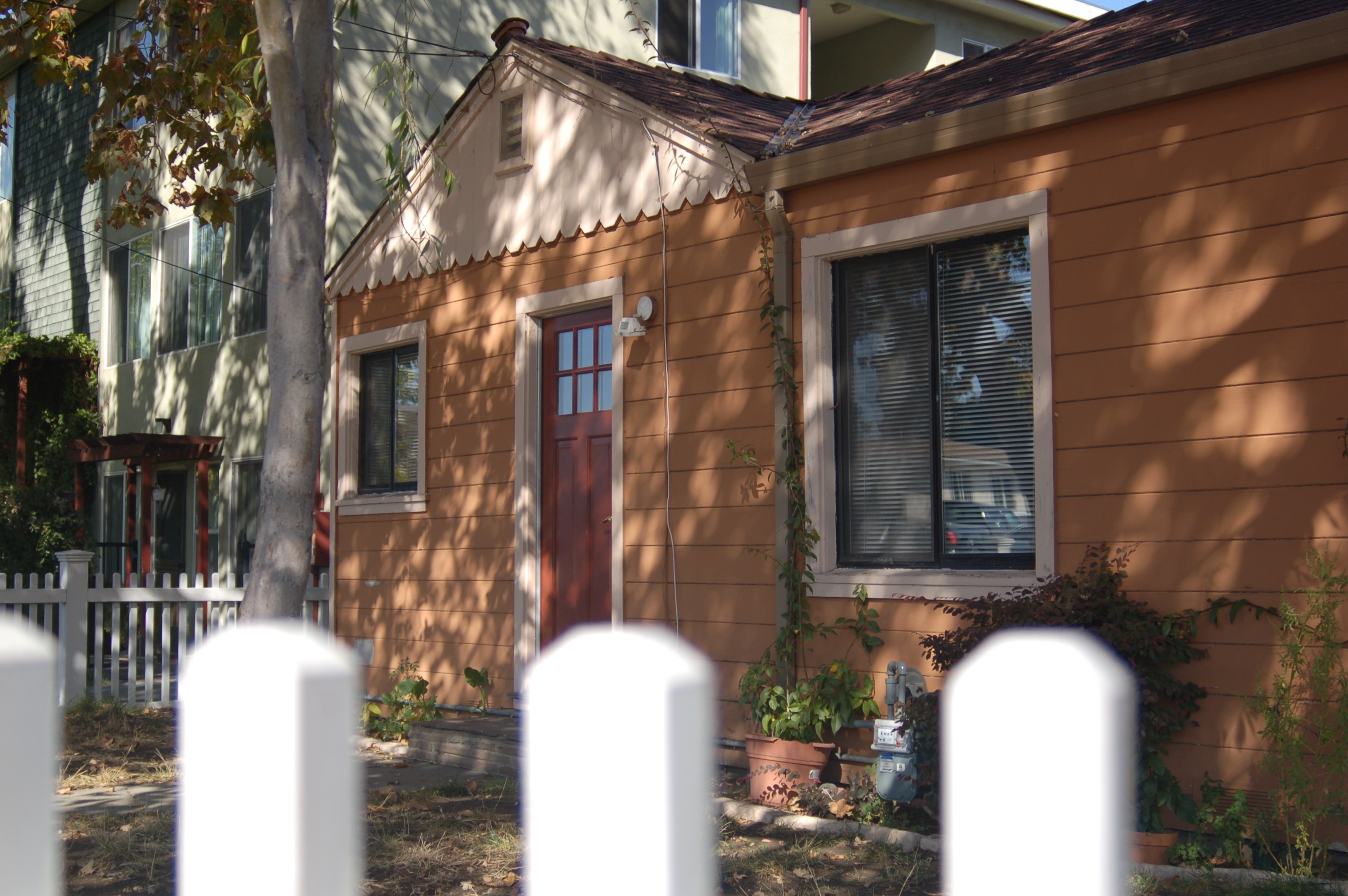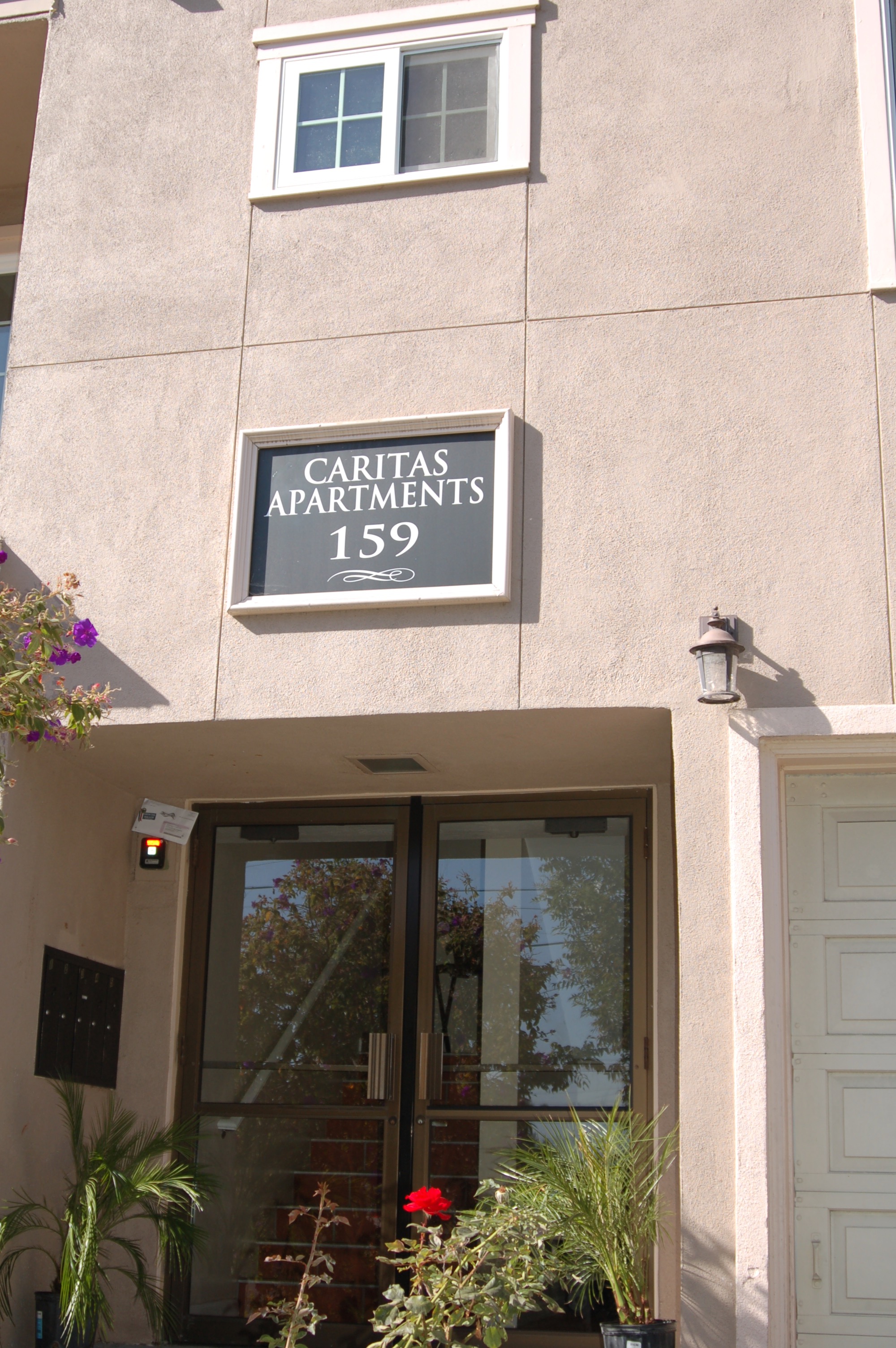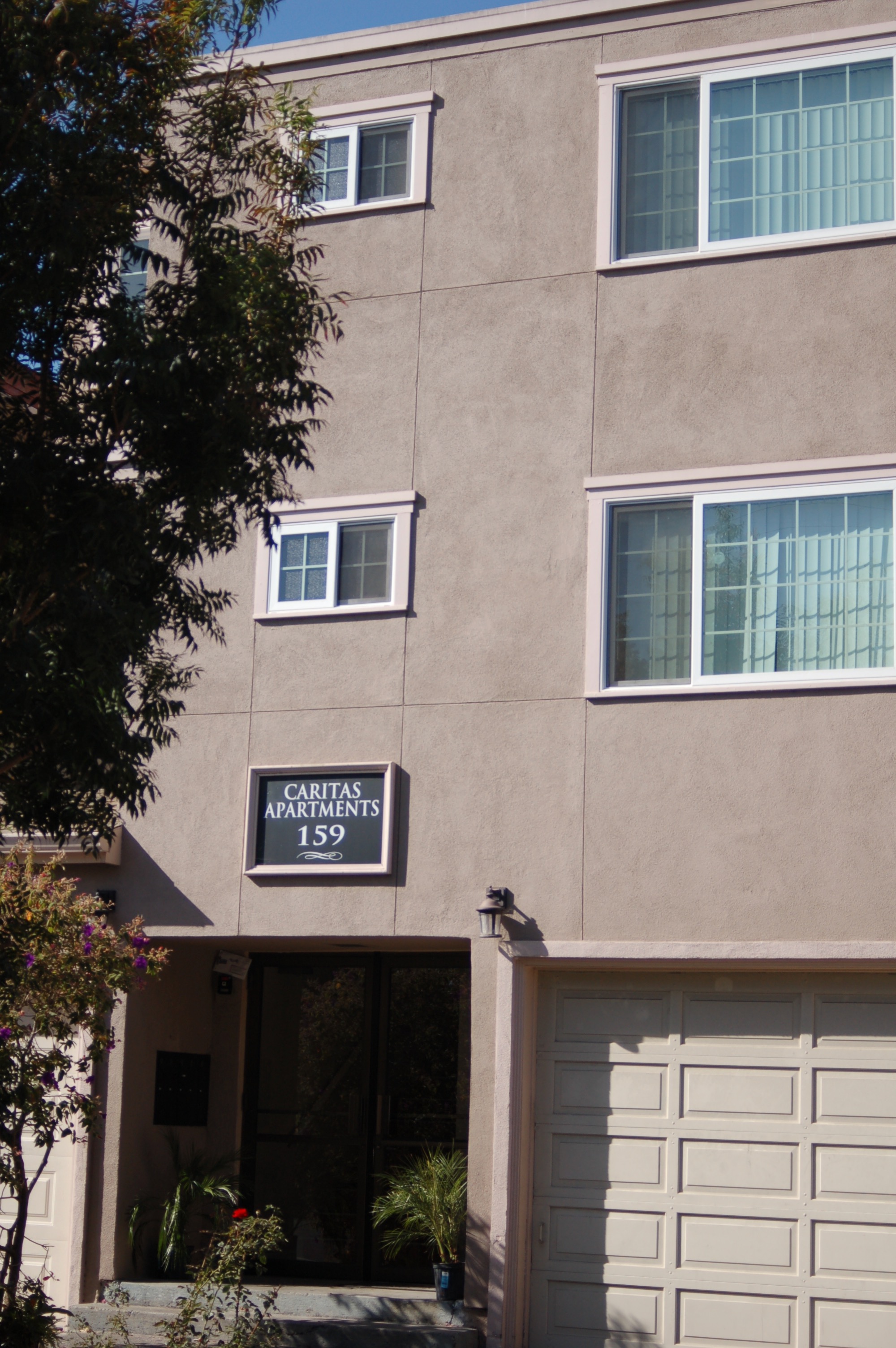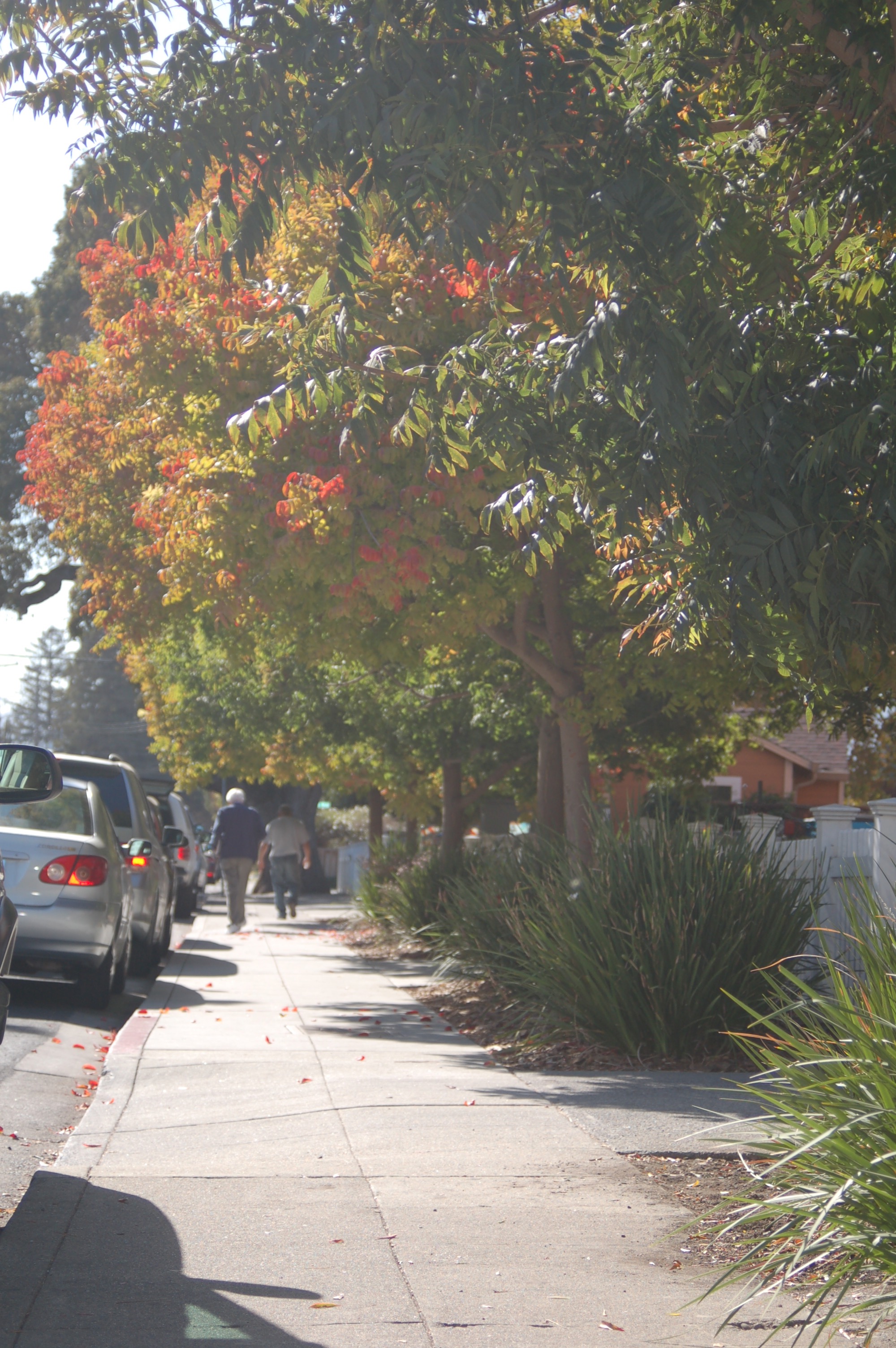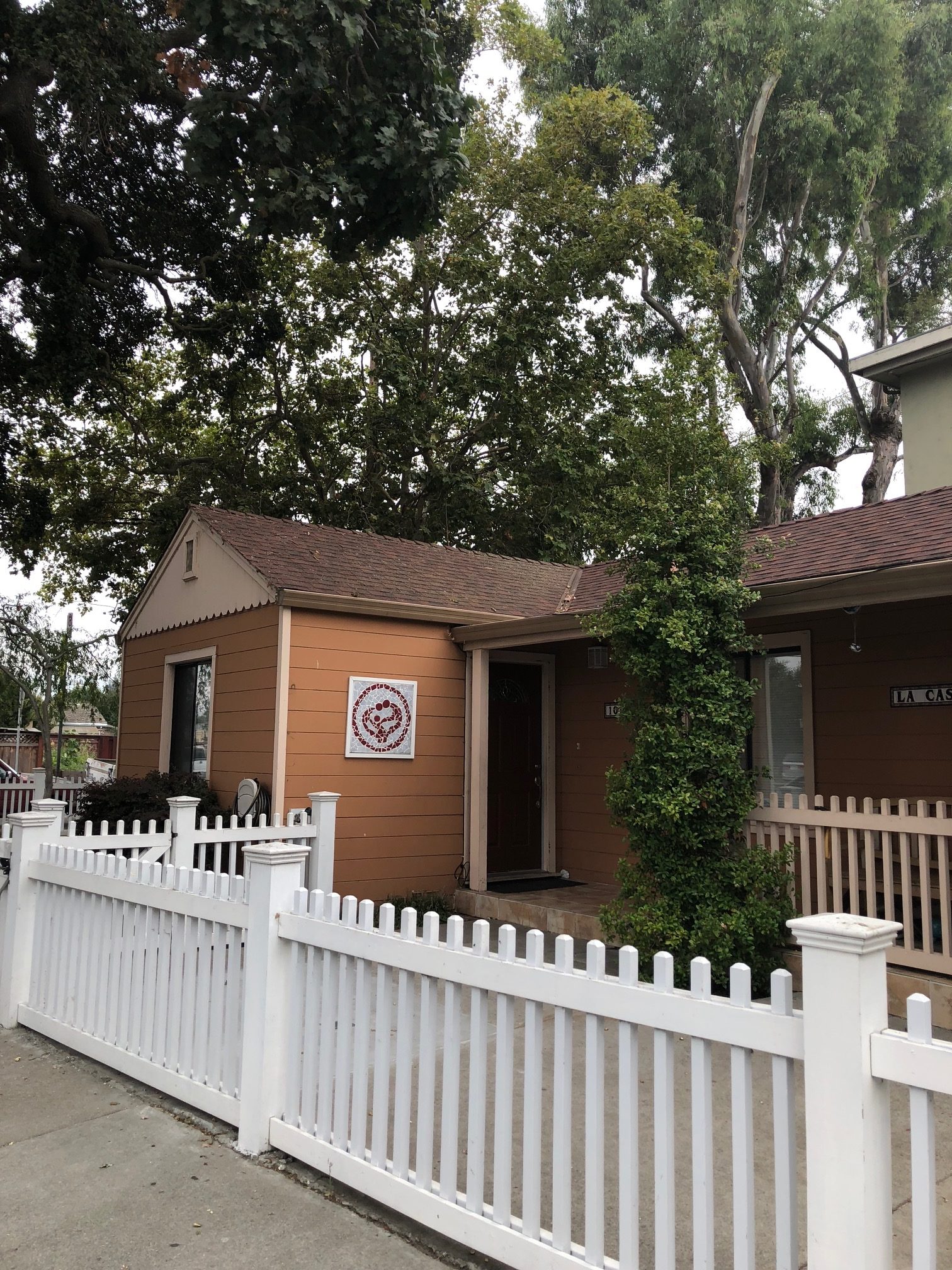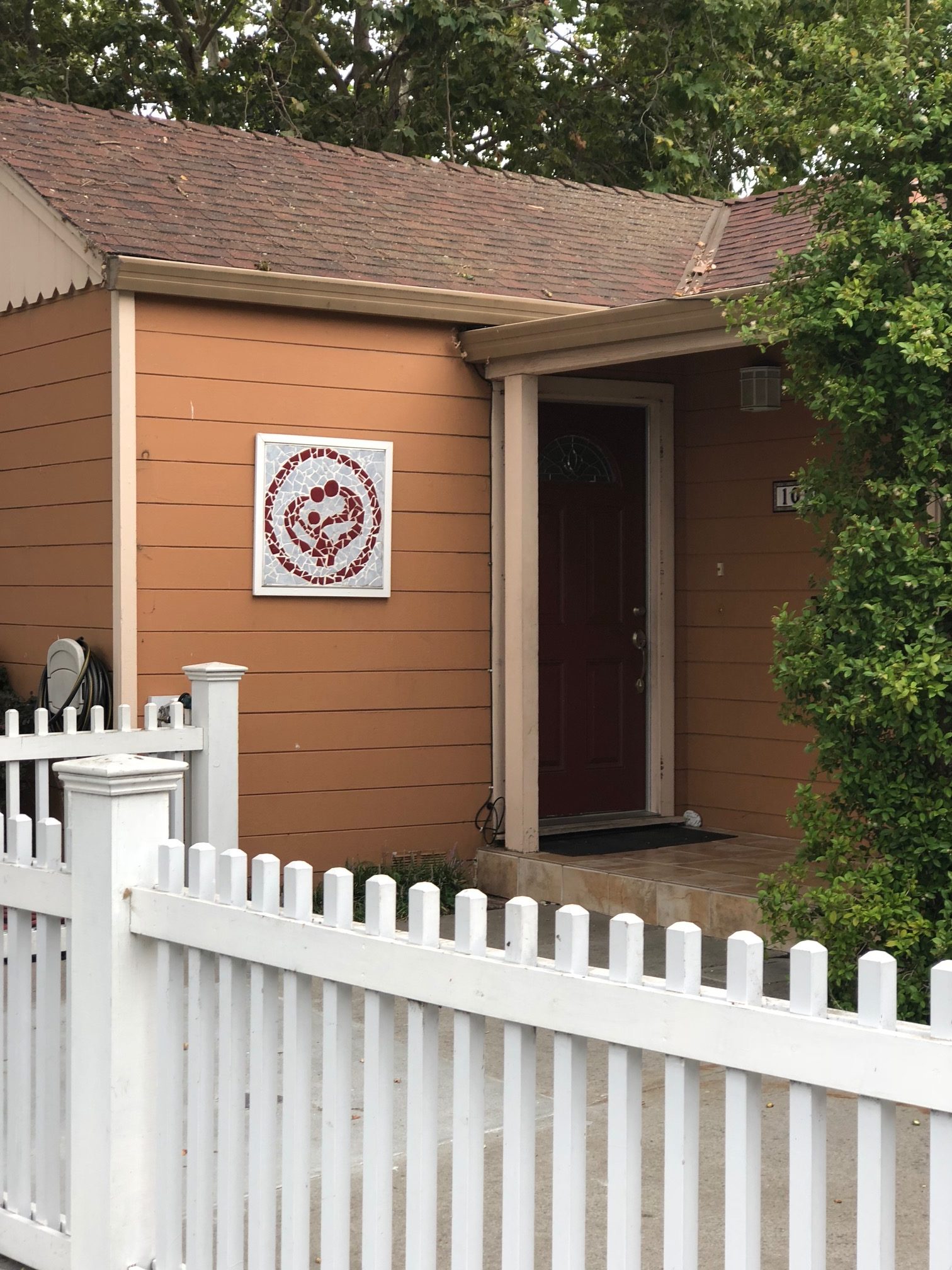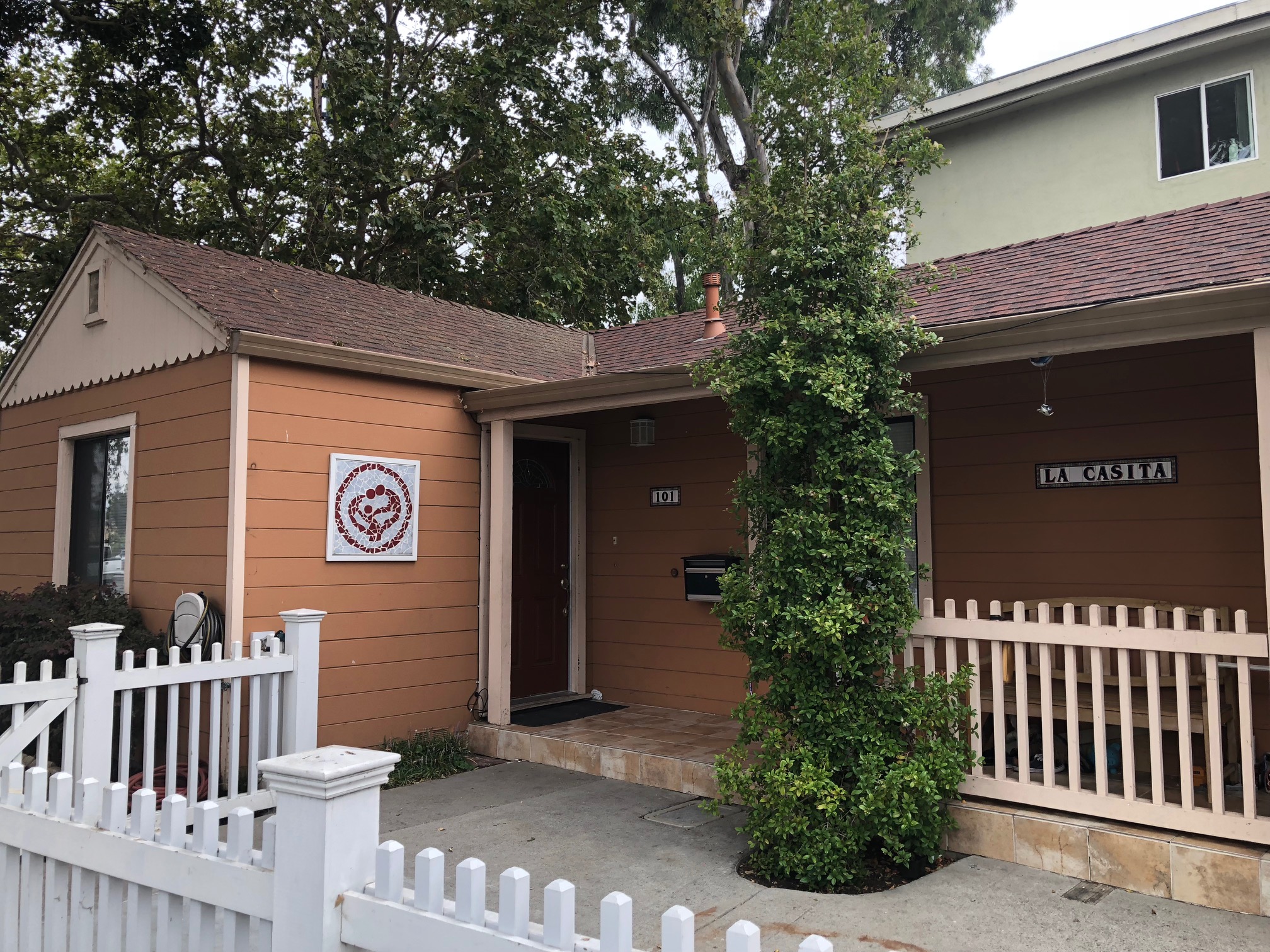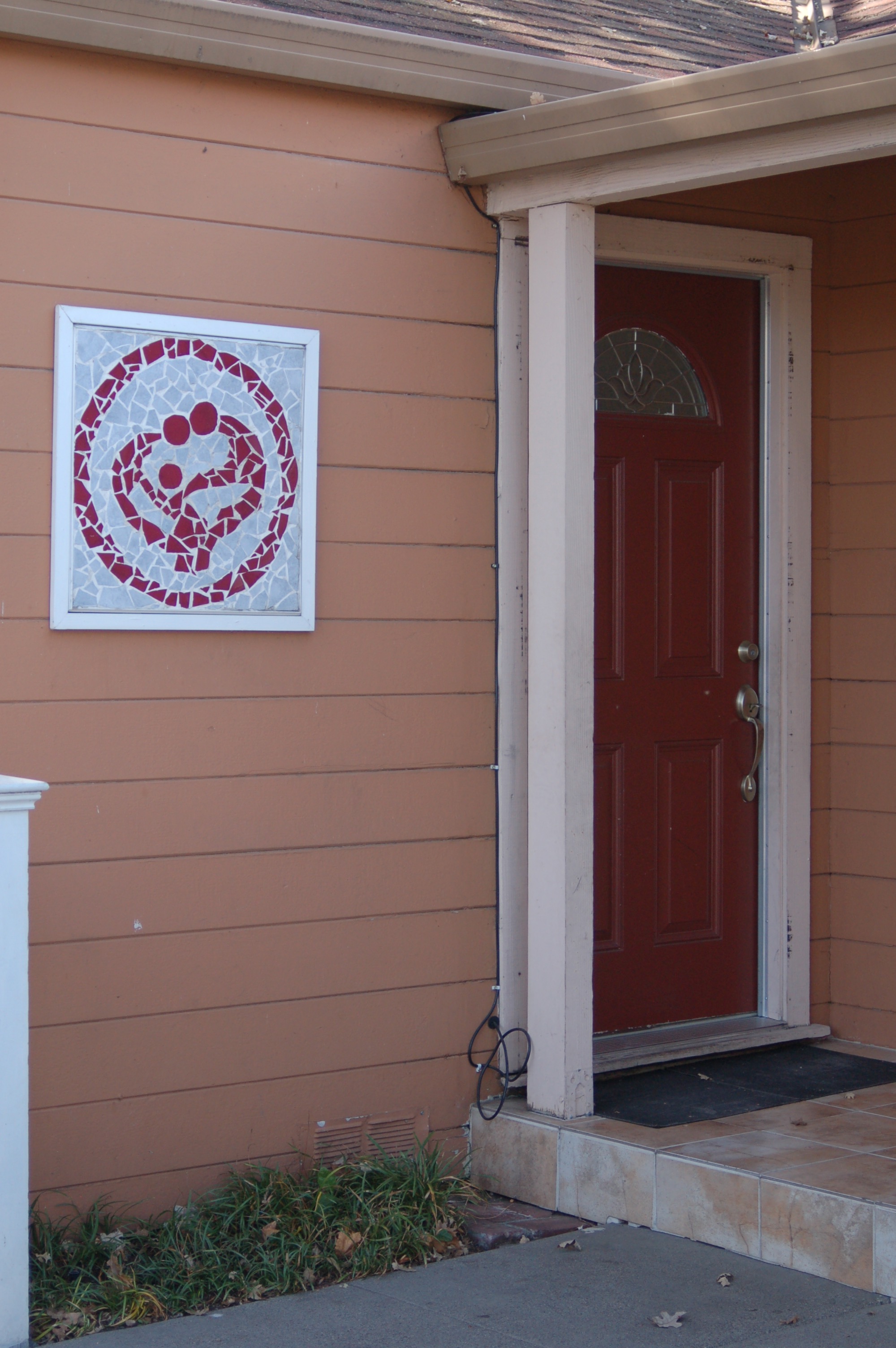Project Description
HOUSING WAITLIST
The St. Francis Center affordable housing waiting list is closed. Please check back in March 2026.
Apartments within the St. Francis Center portfolio are studio, 1, 2, and 3-bedroom units dedicated to Extremely Low-Income, Very Low-Income, and Low-Income households. Household income must fall within the guidelines below in order to qualify. Preference will be given to applicants who currently live or work in Redwood City.
Maximum Income:
Income Limits by Family Size (determined by HUD, effective 4/1/25)

Apartments will be available to persons without regard to race, national origin, religion, sex, sexual orientation, gender identity, genetic information, marital status, age, familial status, disability or source of income.
Renato Court Redwood City Program
Households with extremely low incomes can also add their names to our Renato Court Redwood City Program.
Maximum Income for the Renato Court Redwood City Program are:
Income Limits by Family Size (determined by HUD, effective 5/29/25)

All properties offered through this waiting list are professionally managed by Prodesse Property Group, ensuring quality housing and long-term stability for residents.
A PLACE TO CALL HOME
The cost of living on the Peninsula has created a challenging situation for many who have called this area home for generations. As the housing crisis continues to displace middle income families, low-income families are faced with impossible choices and extreme commutes in order to provide for their families. We currently operate 268 units of extremely low, very low, and low-income apartments in the North Fair Oaks Neighborhood and Downtown Redwood City.
While reducing homelessness, we believe affordable housing improves residents’ health and financial stability. Fostering economic growth by increasing disposable income, a safe and stable place to call home also provides children with a foundation for educational success and while boosting the overall economic mobility of the family. Affordable housing is a key factor in creating stable communities, reducing poverty, and ensuring that essential workers can live in the areas they serve.

